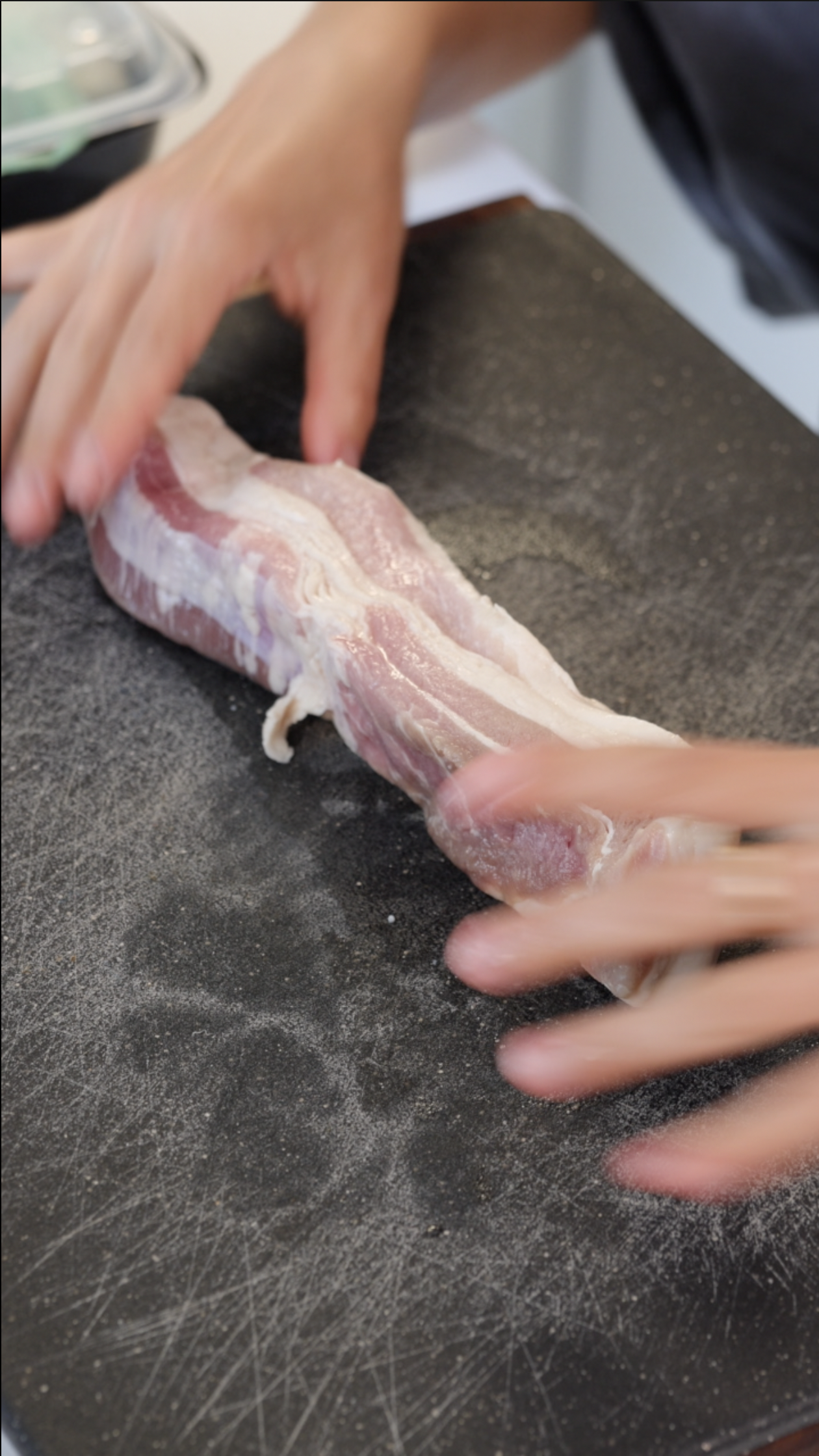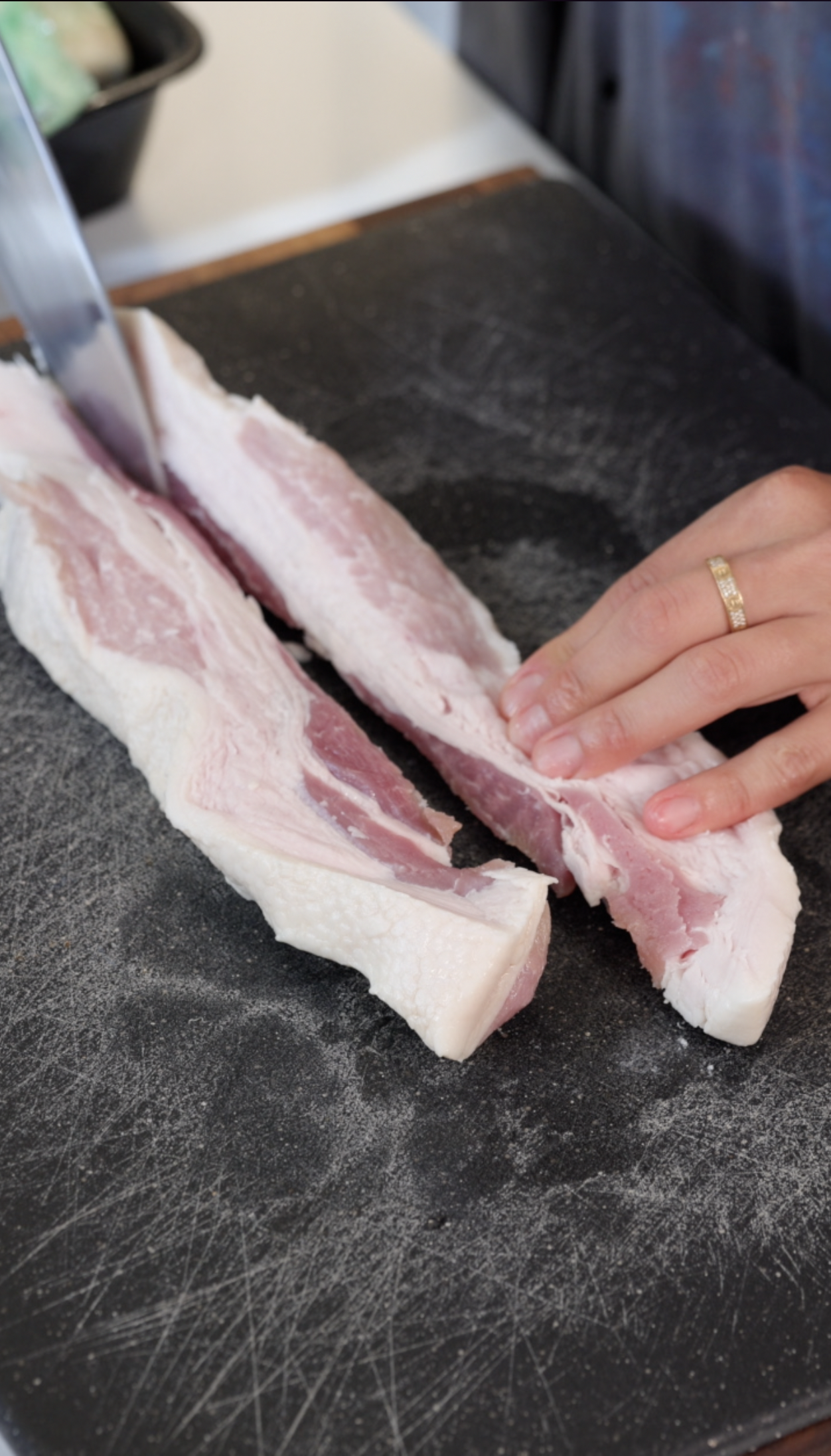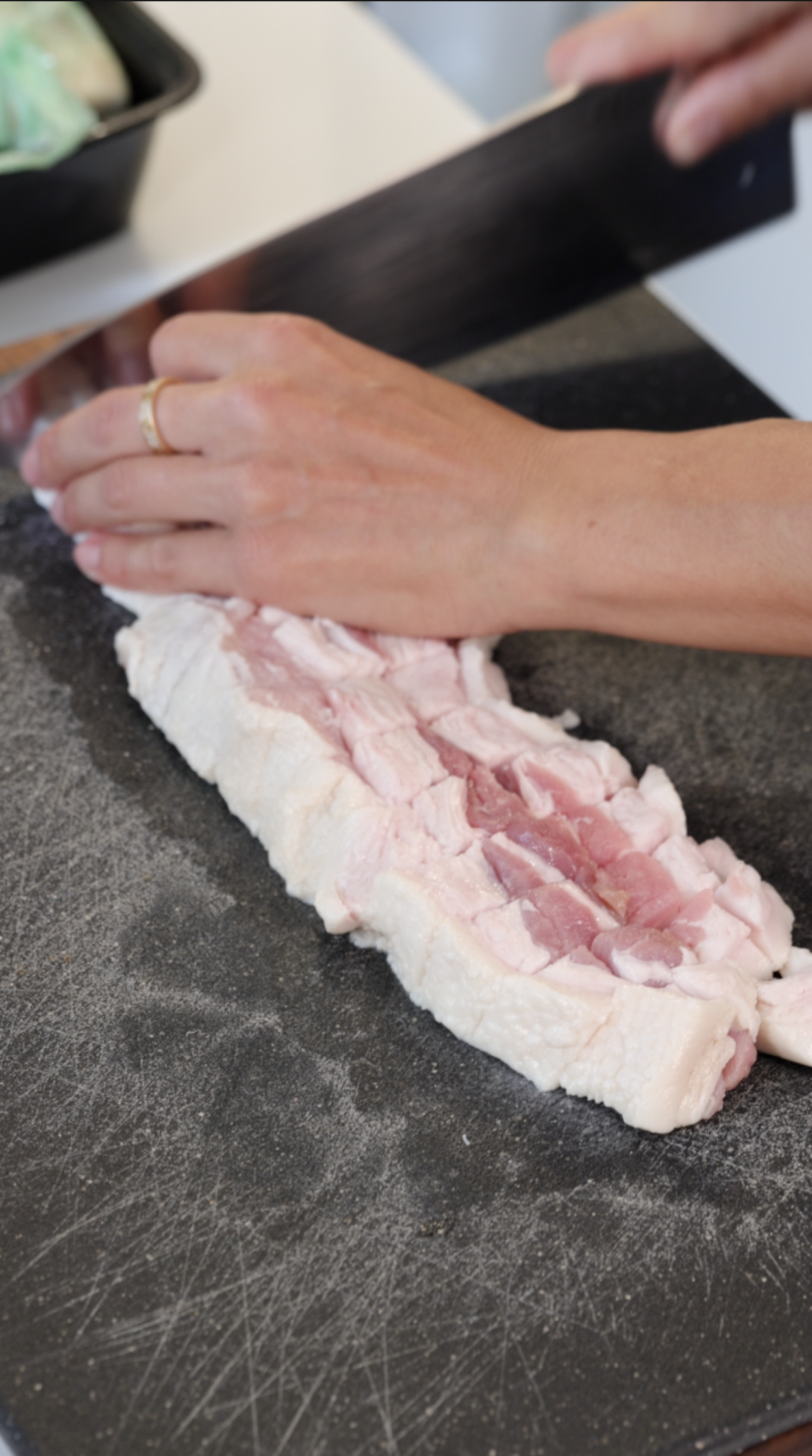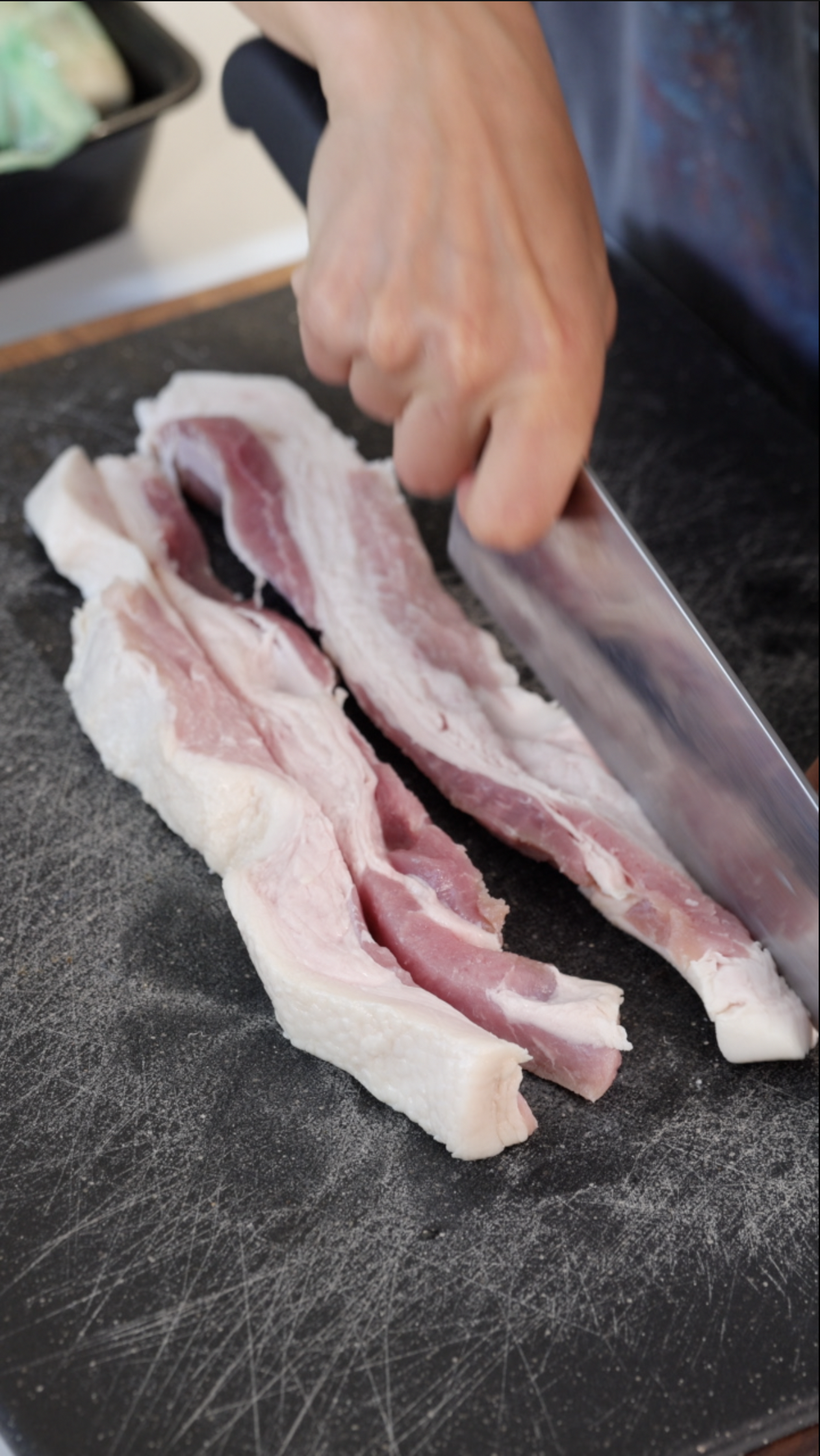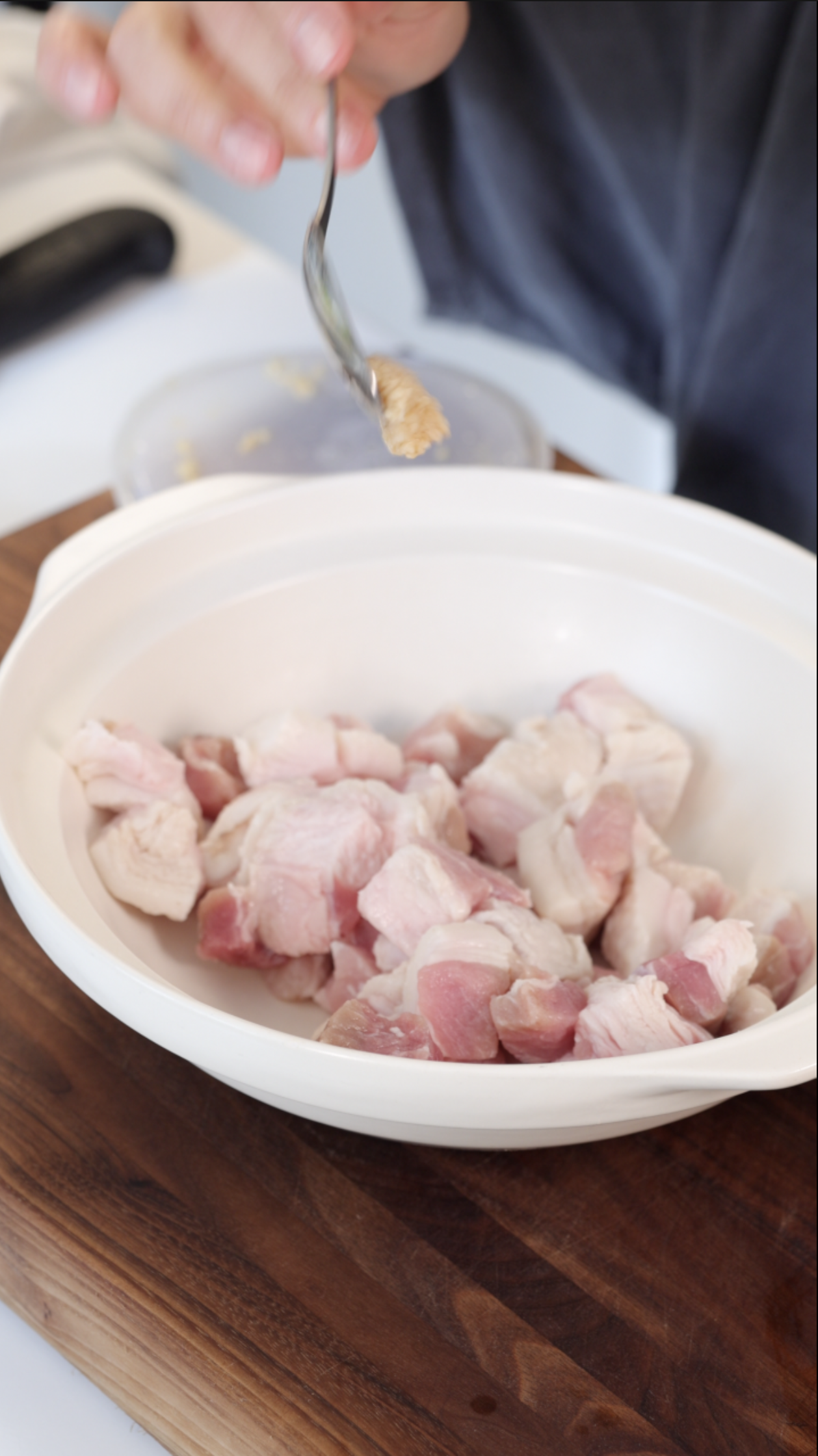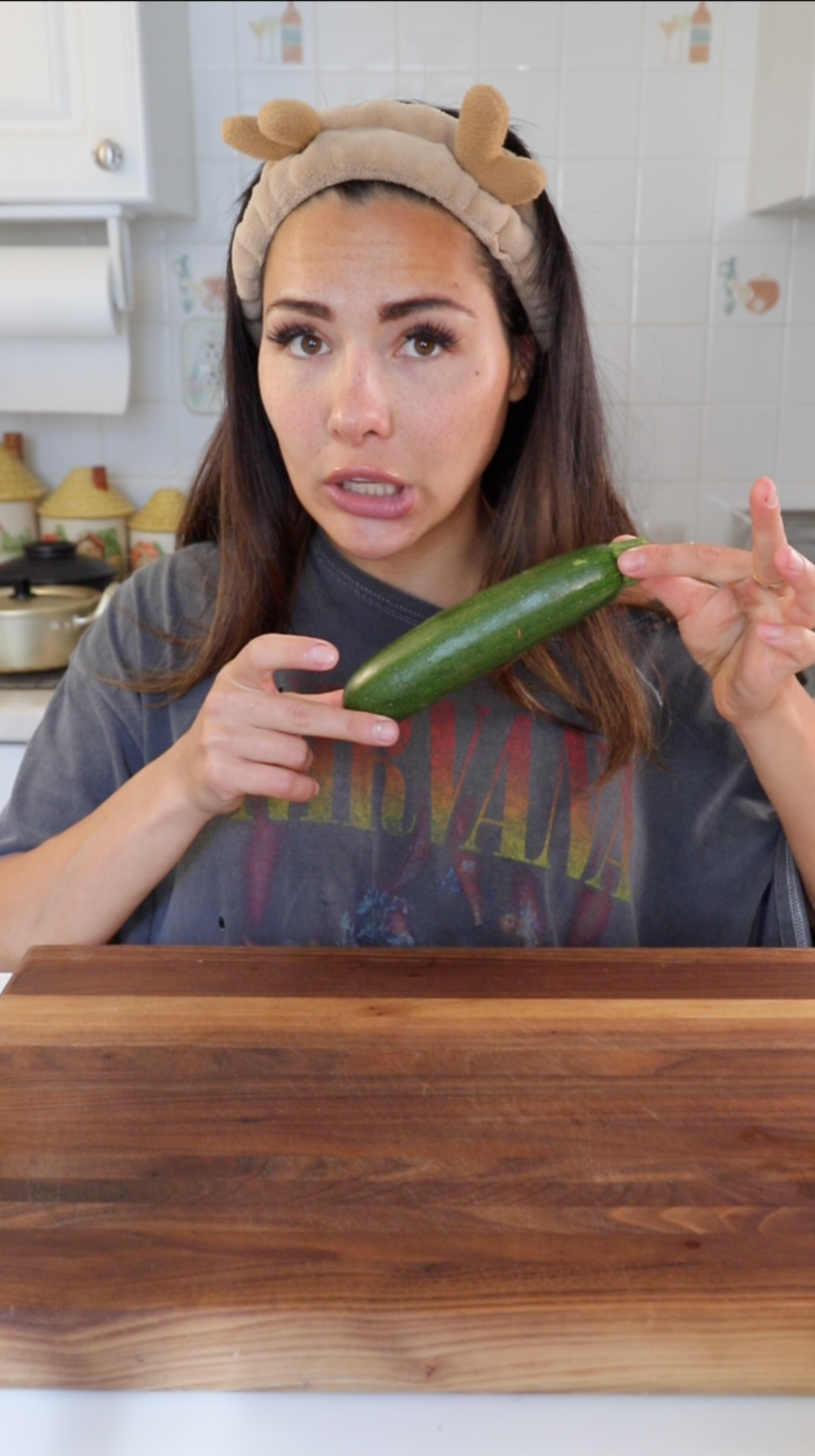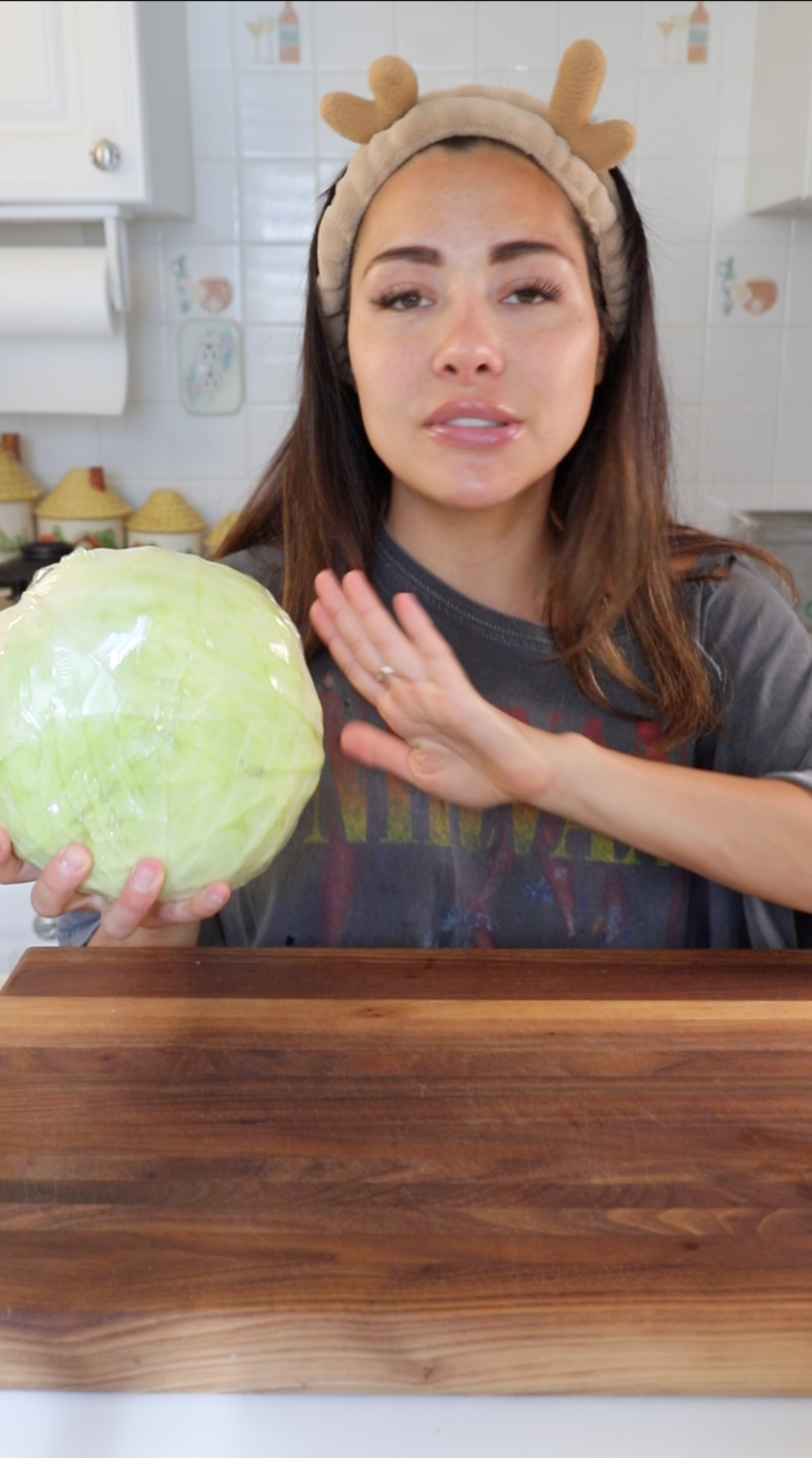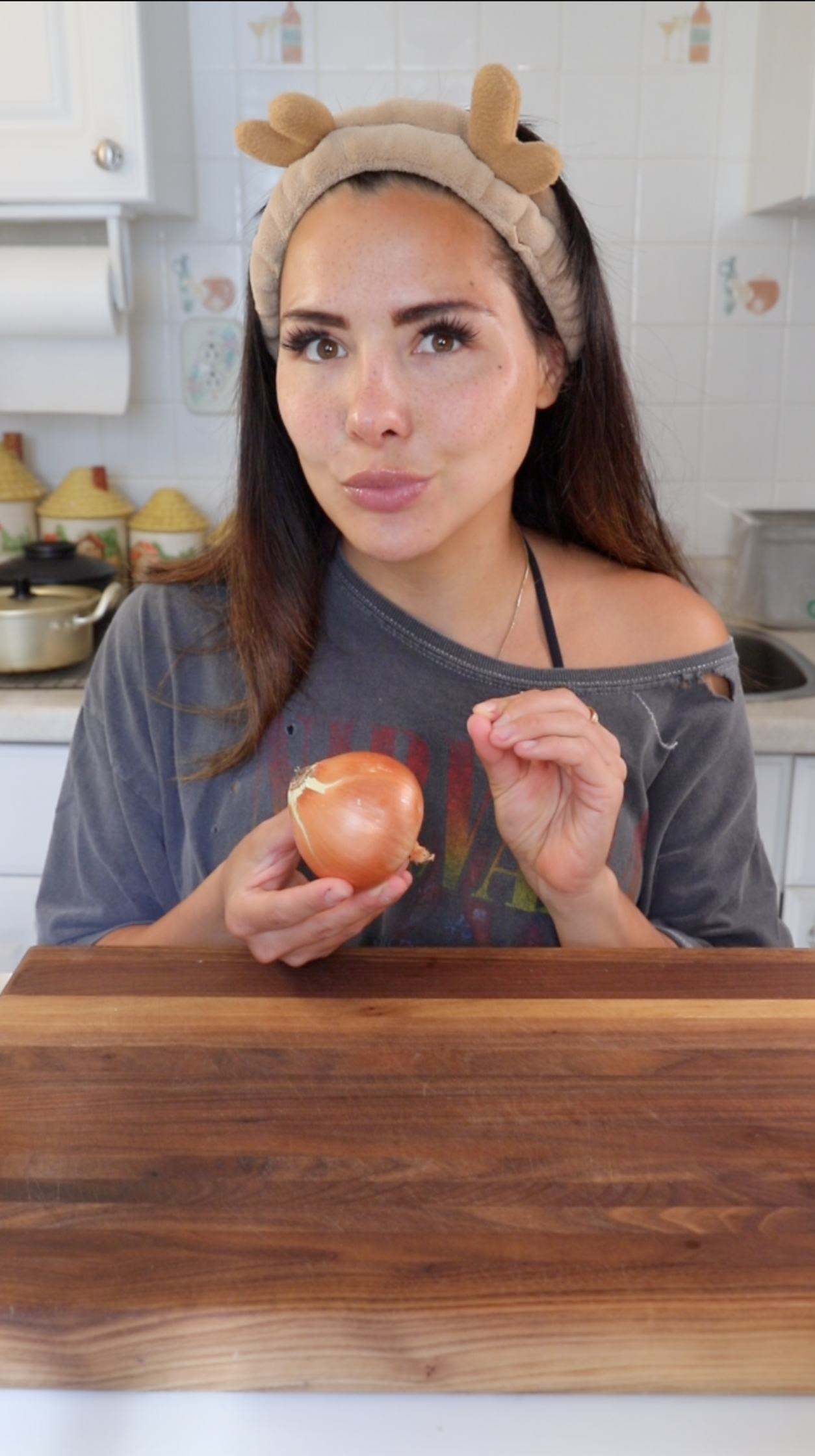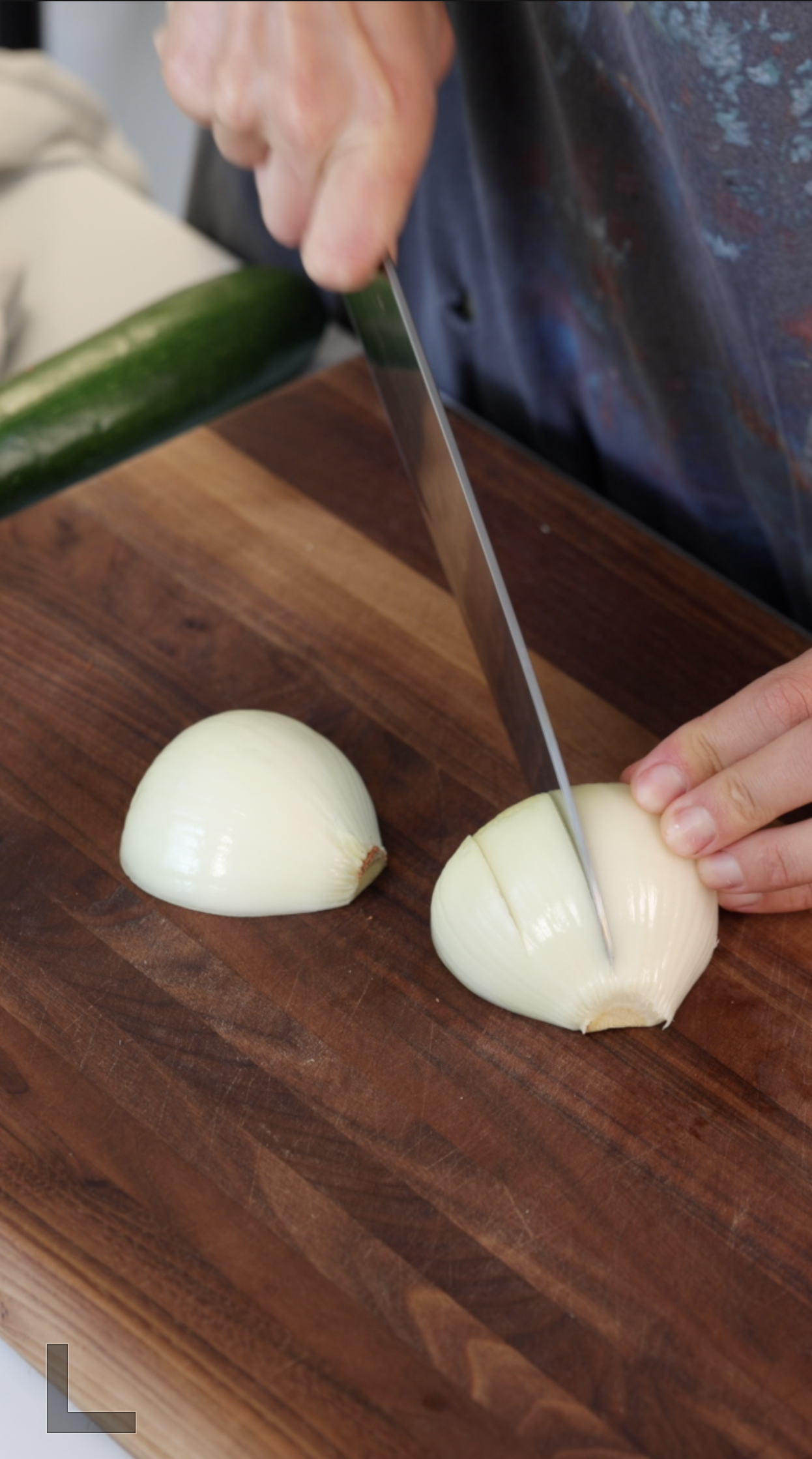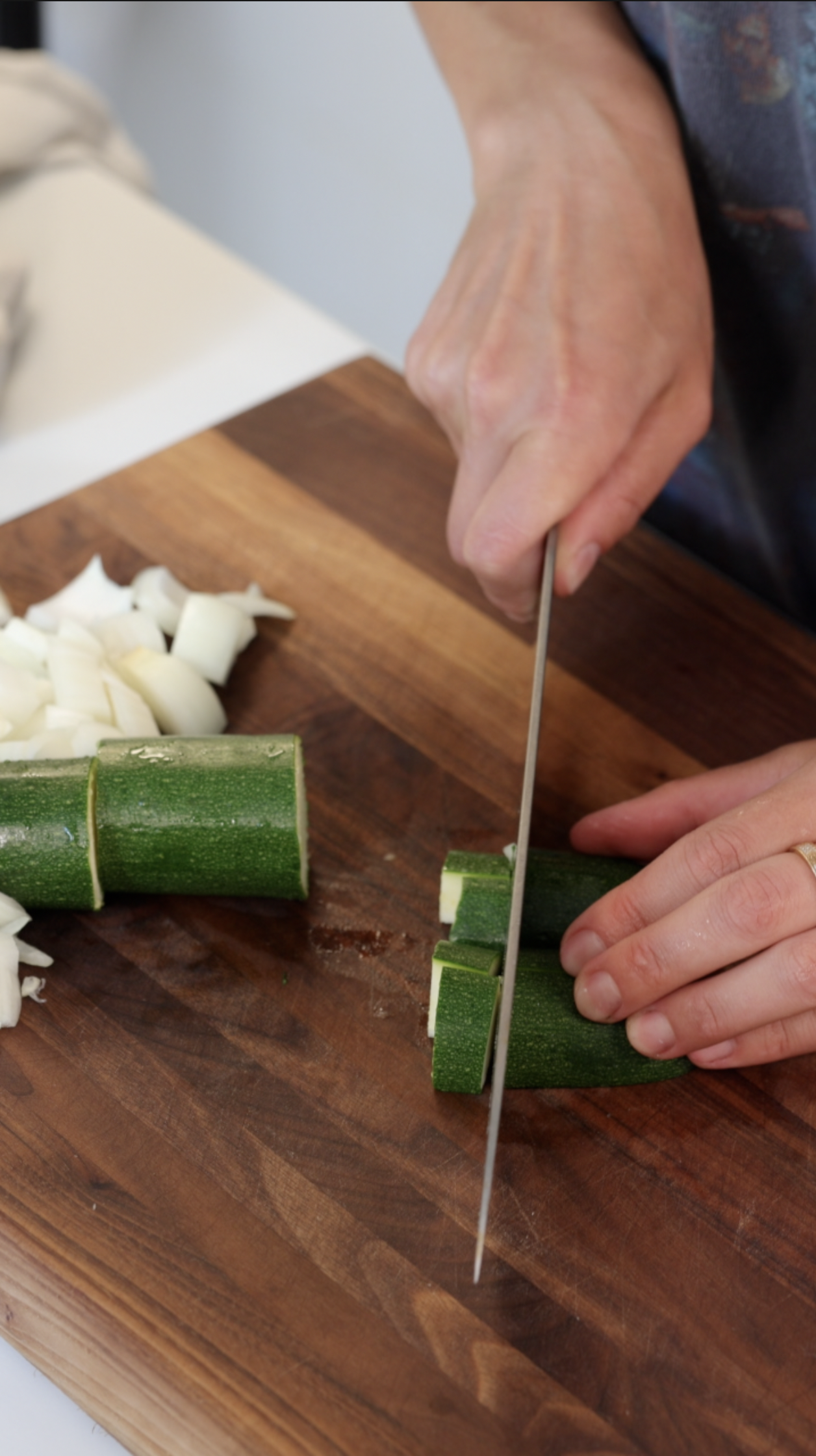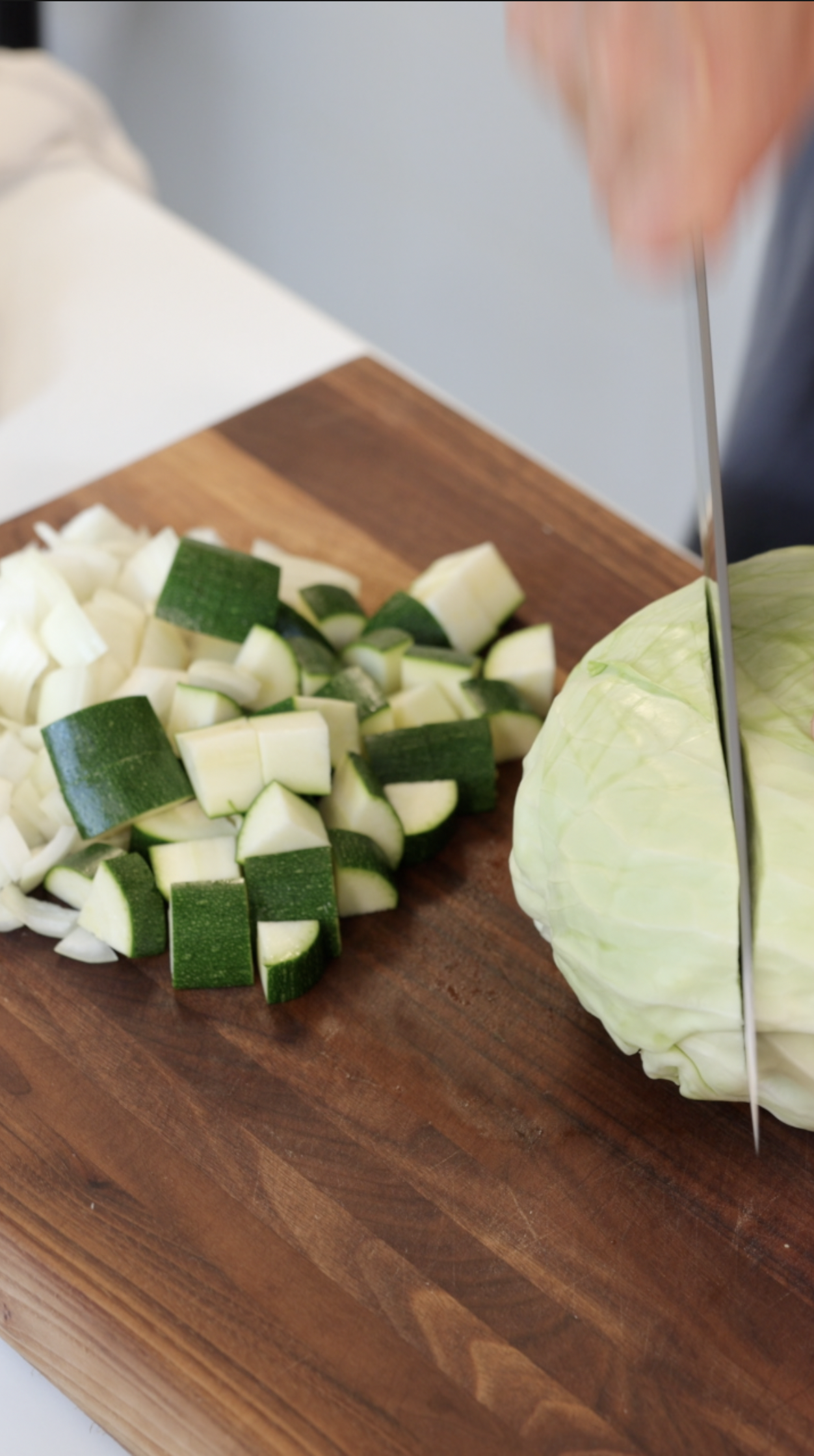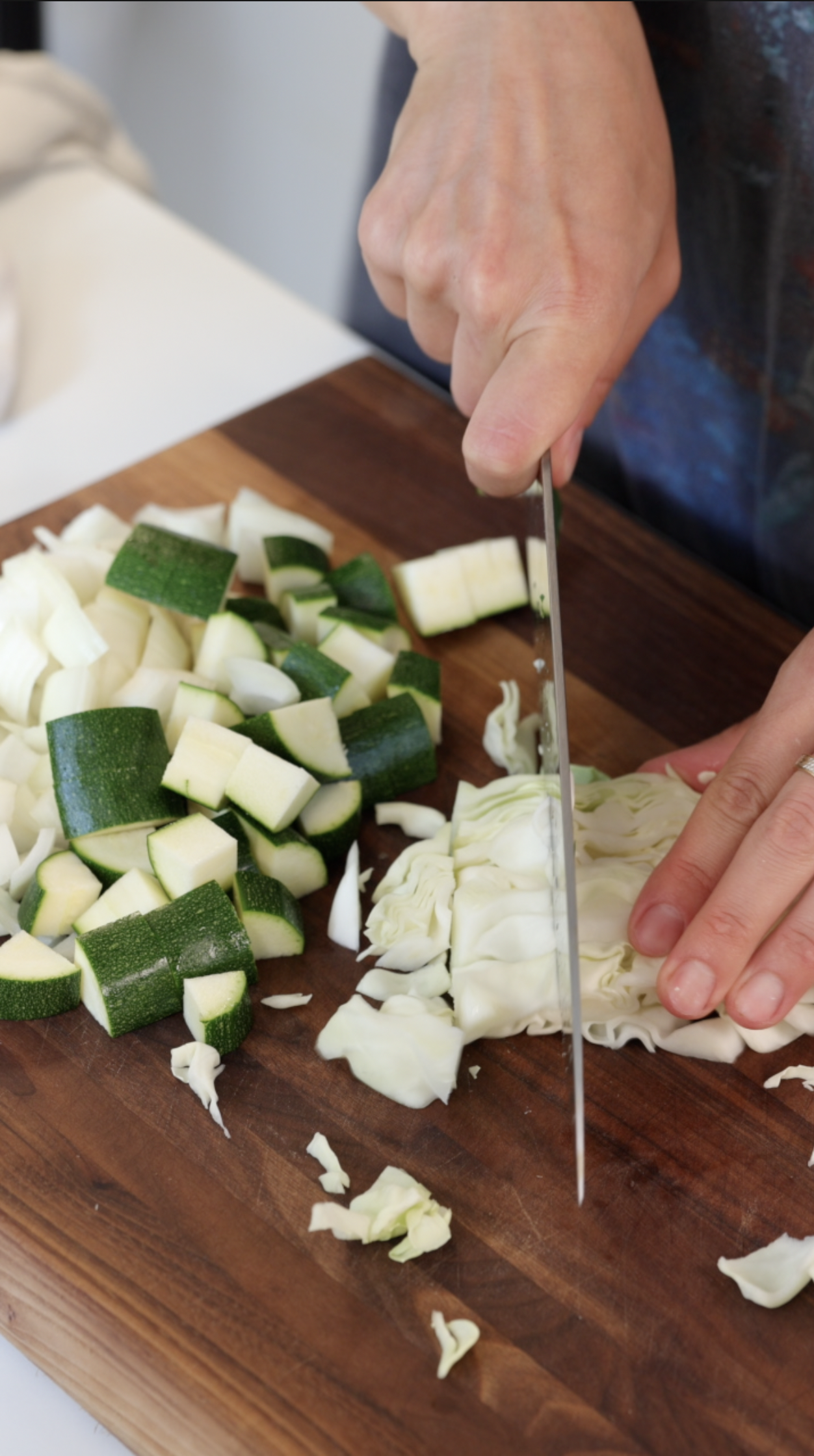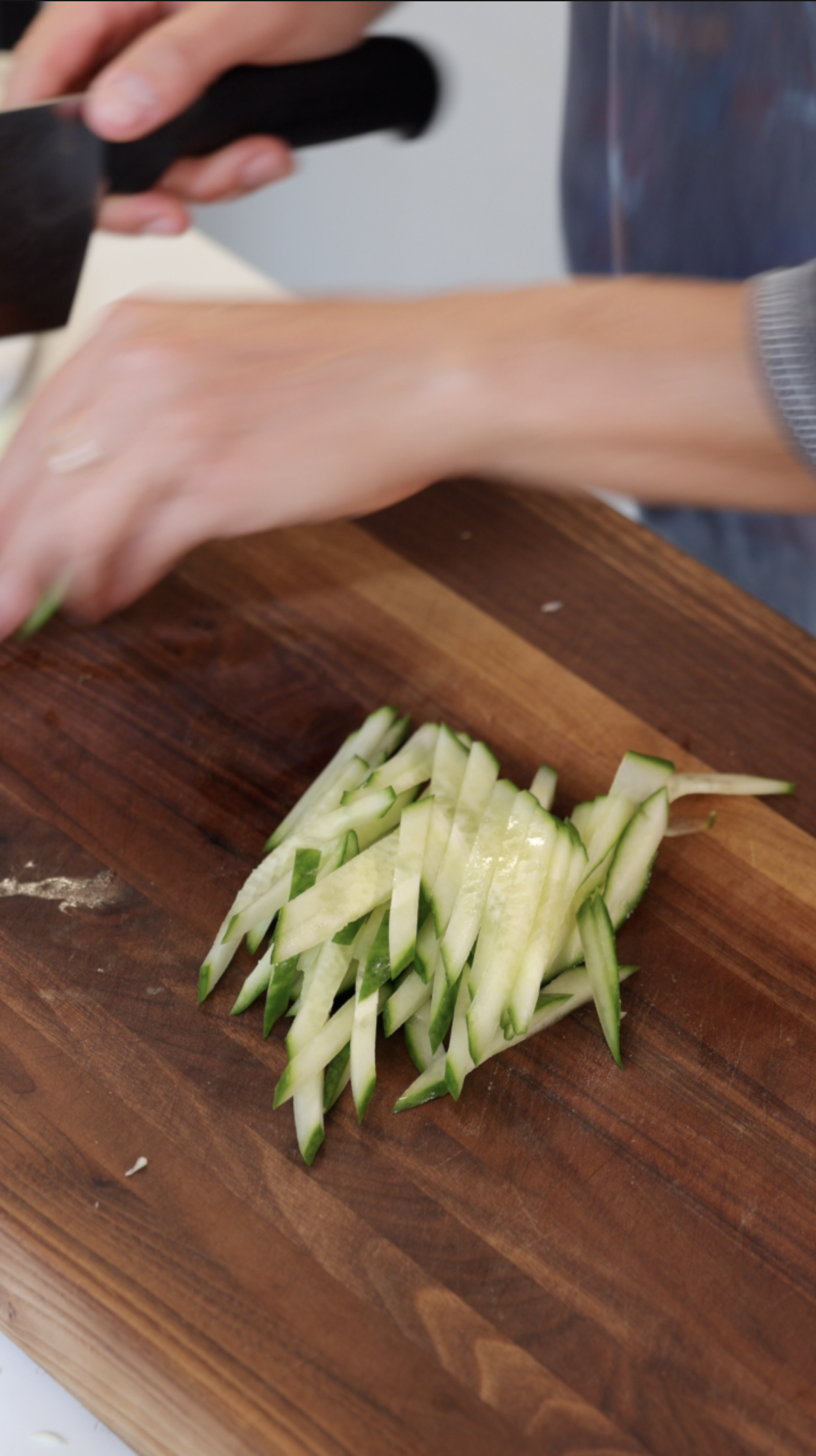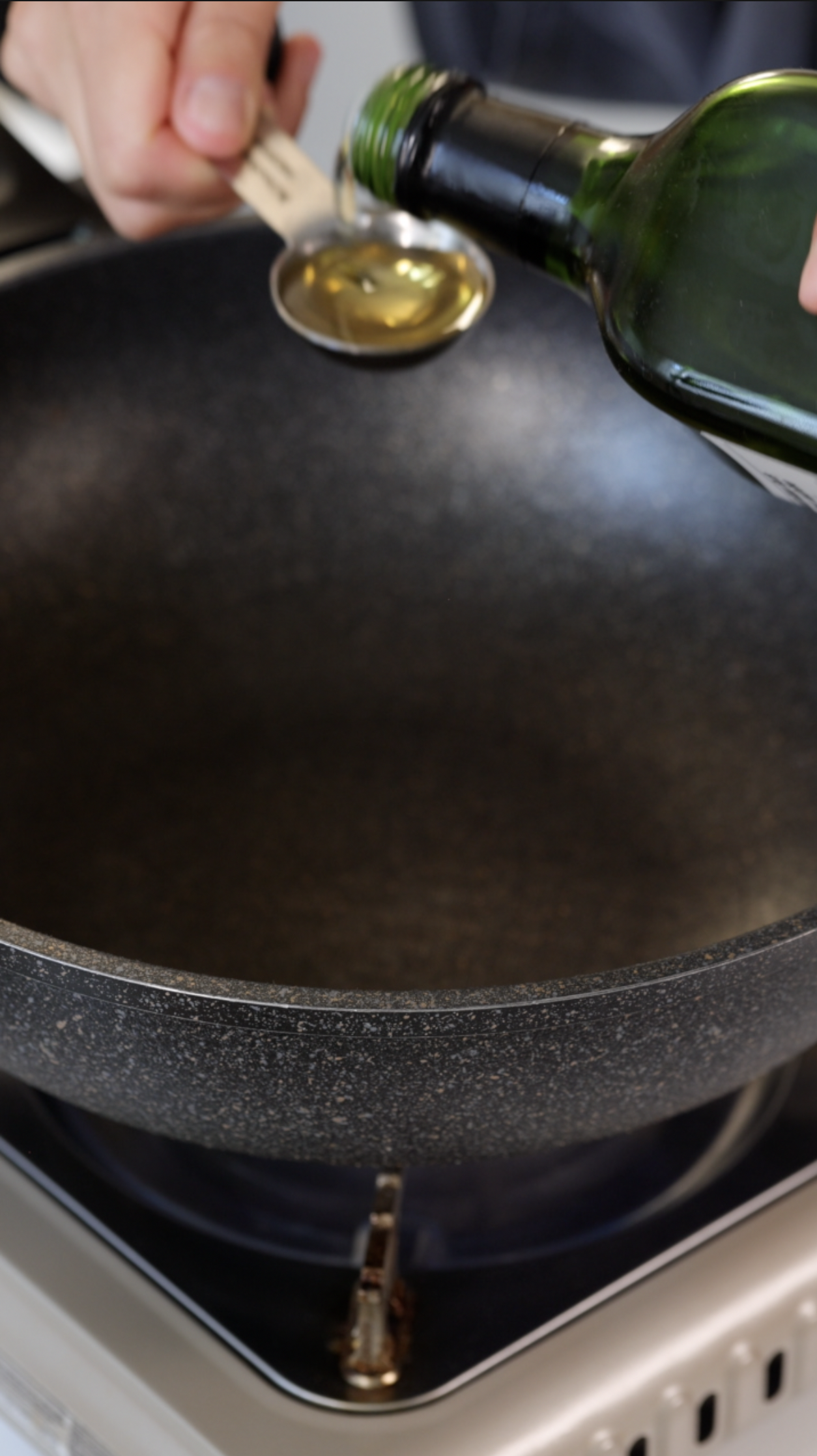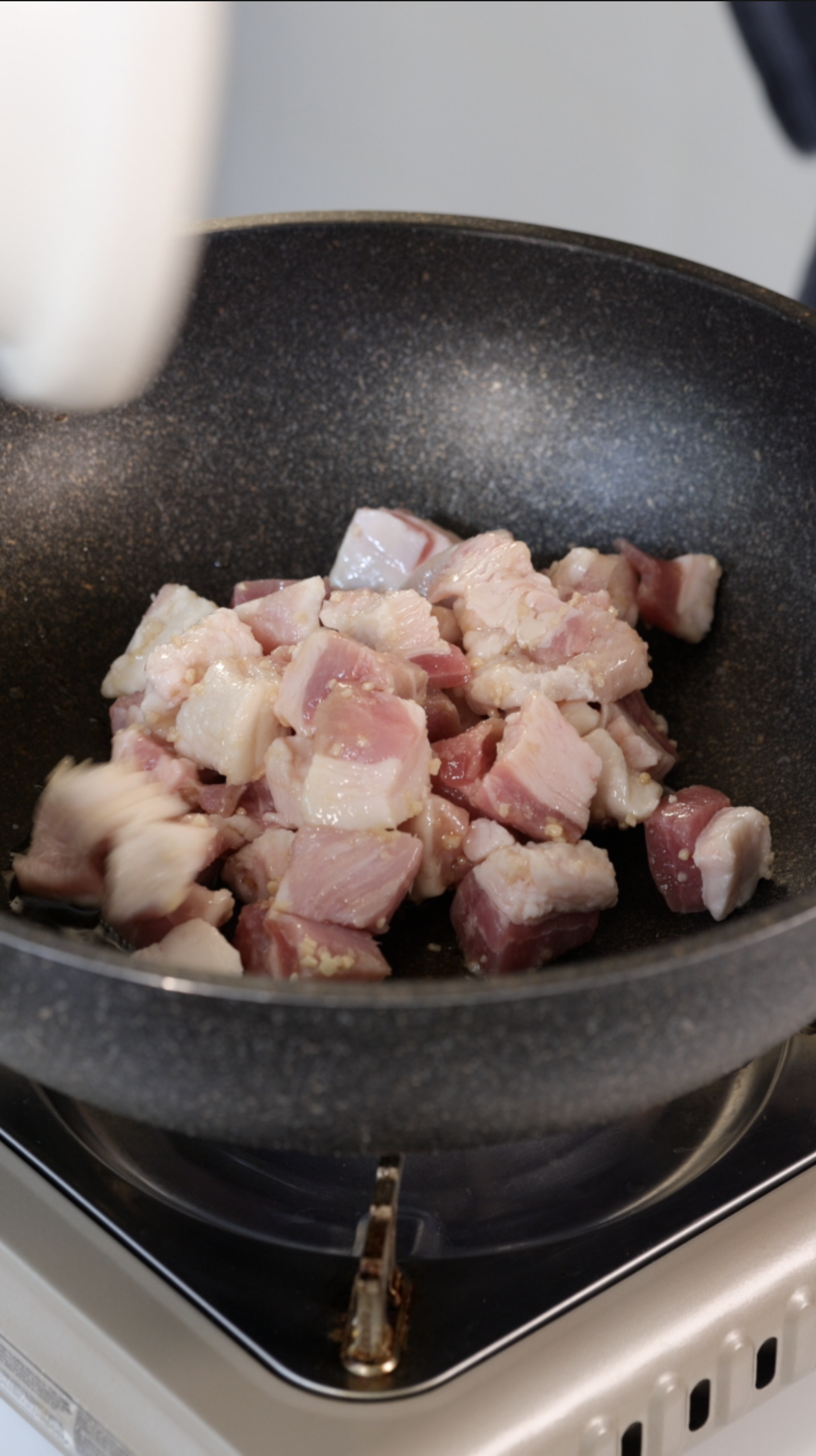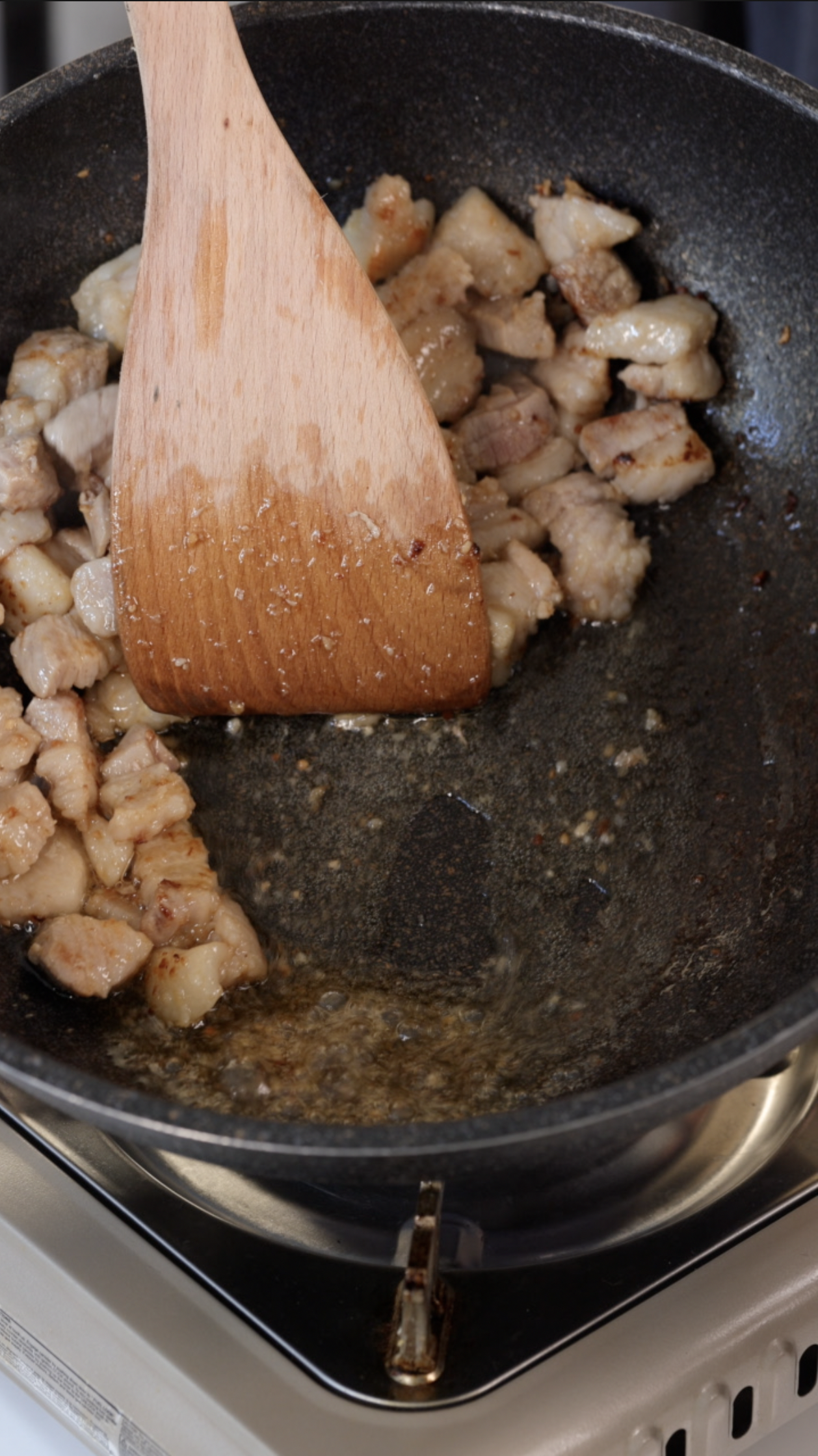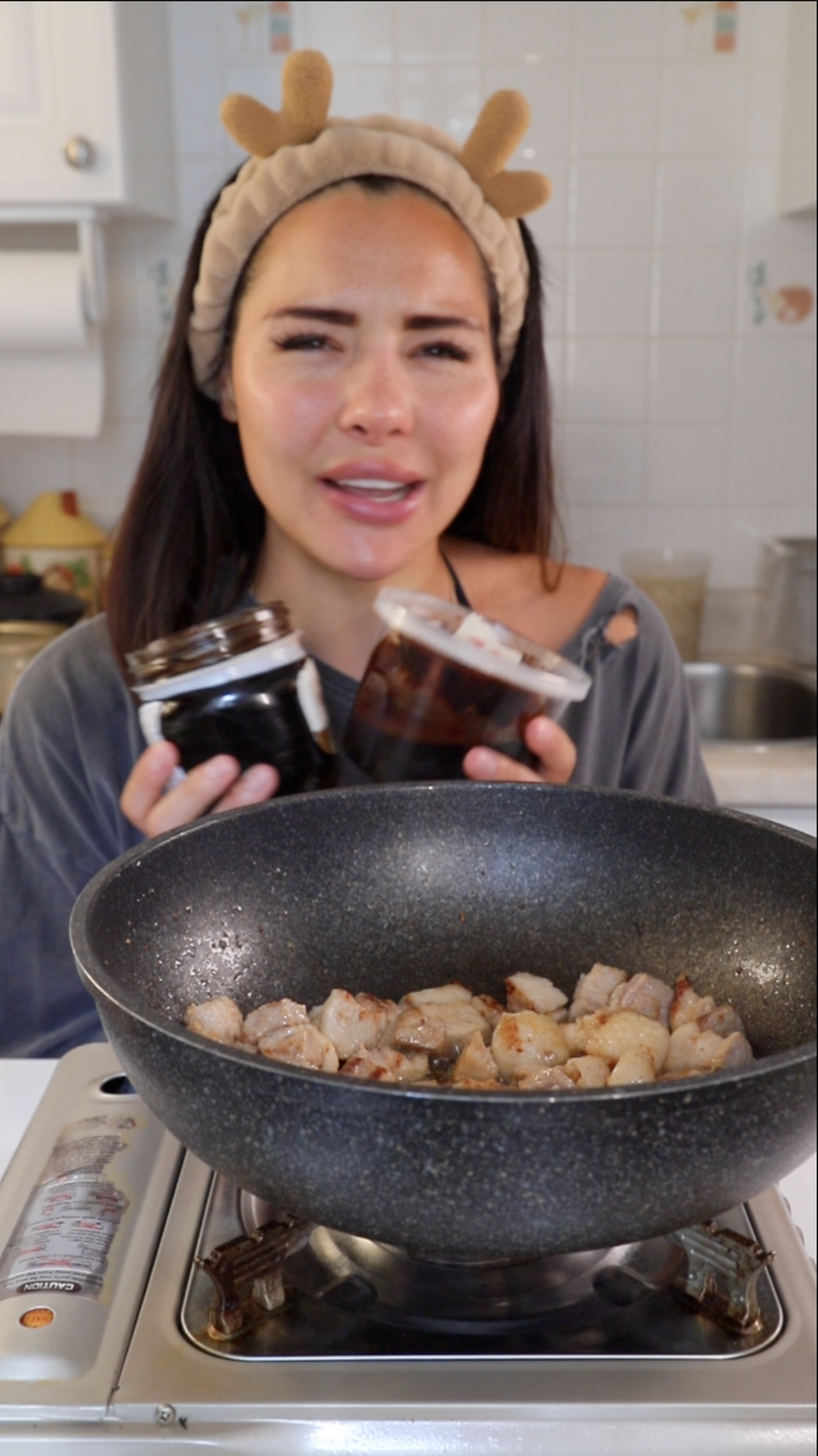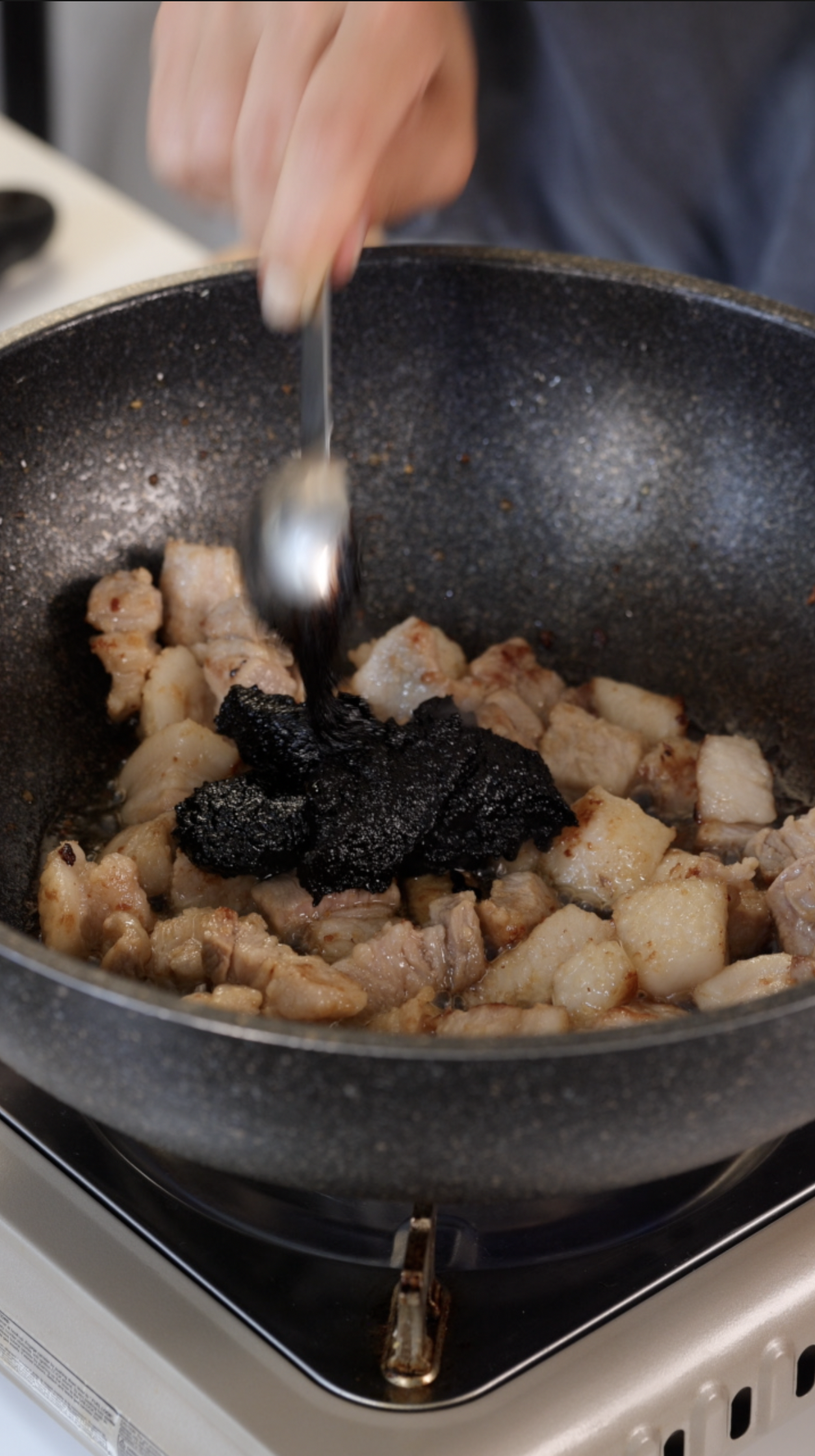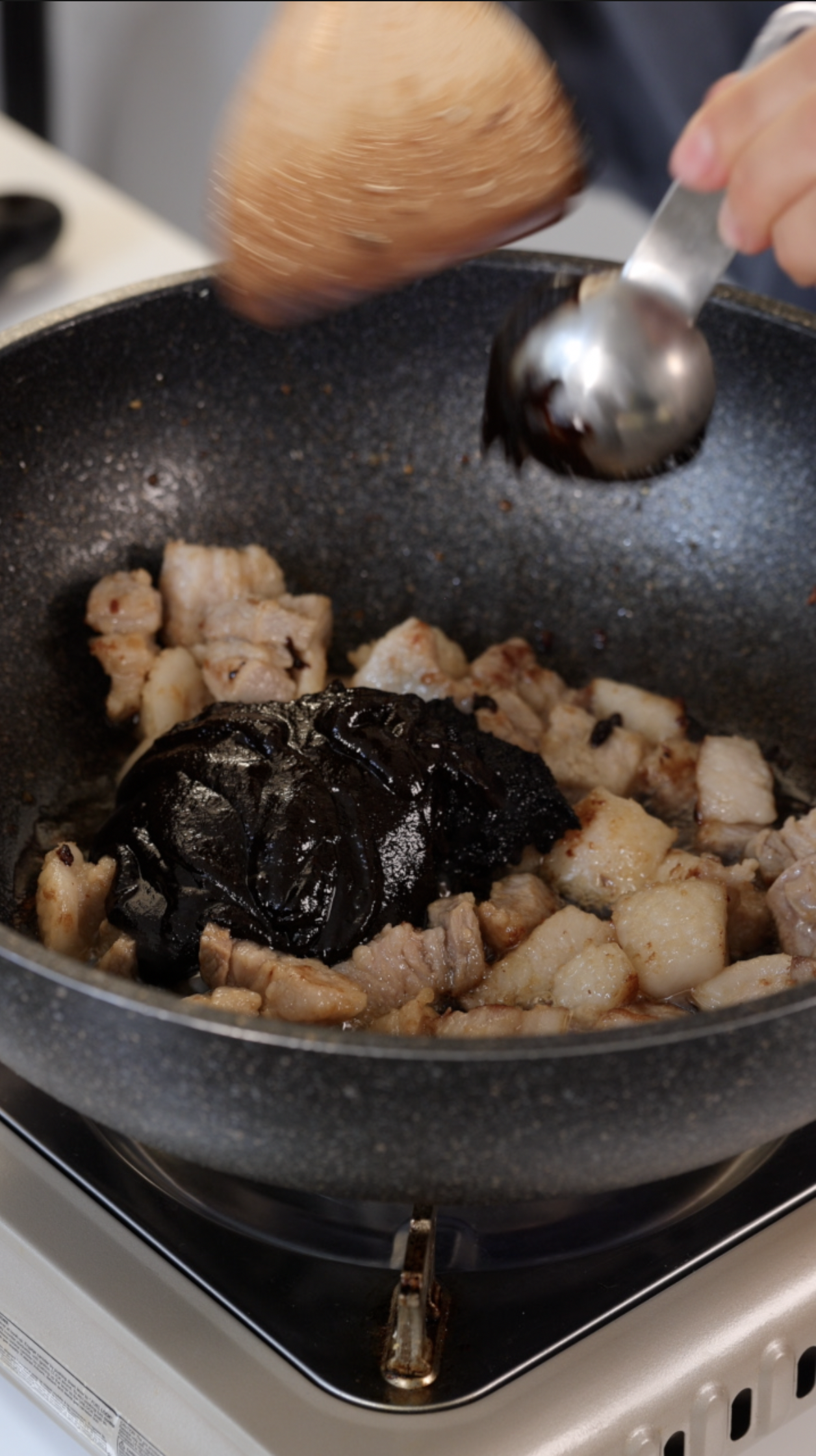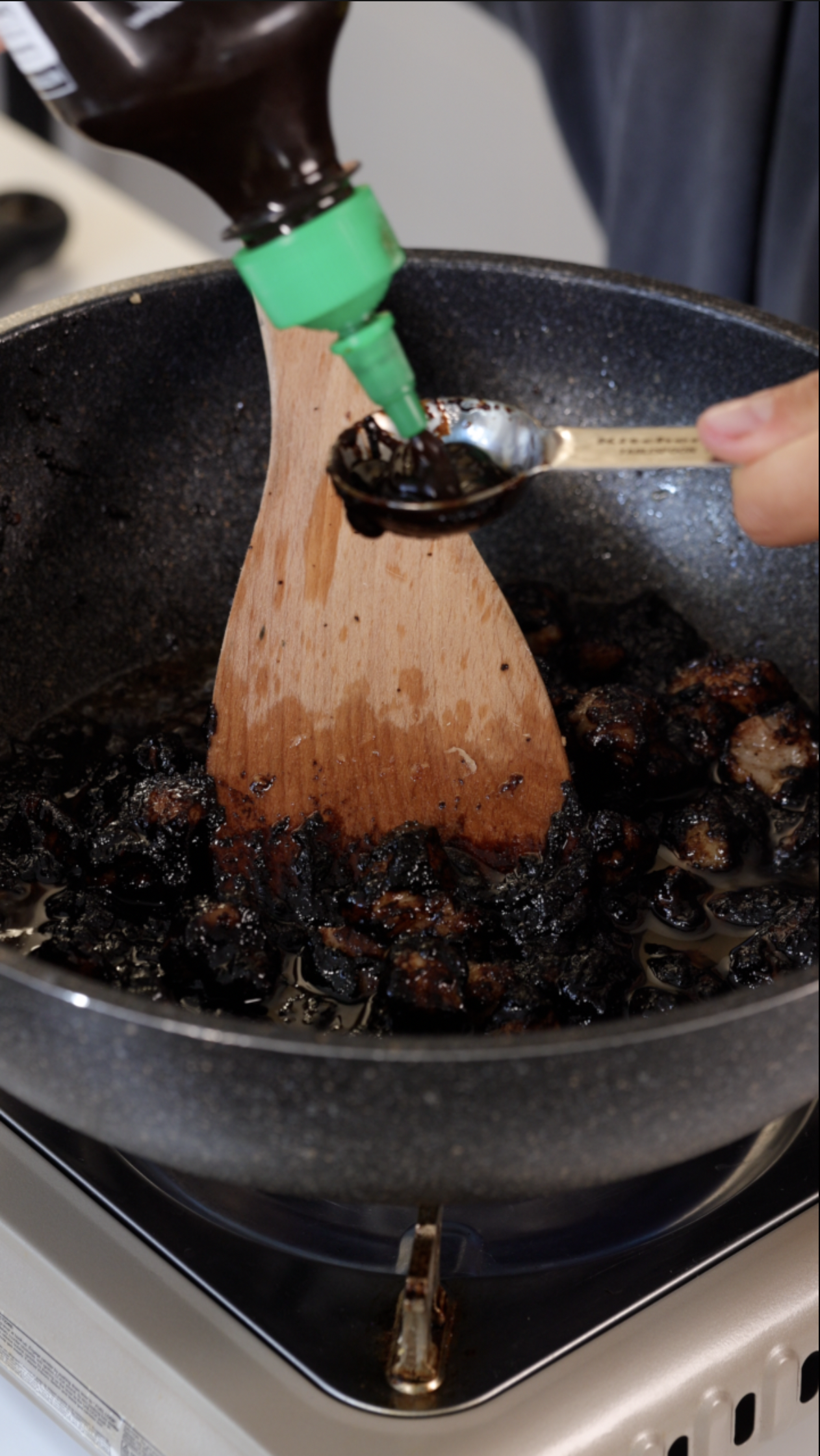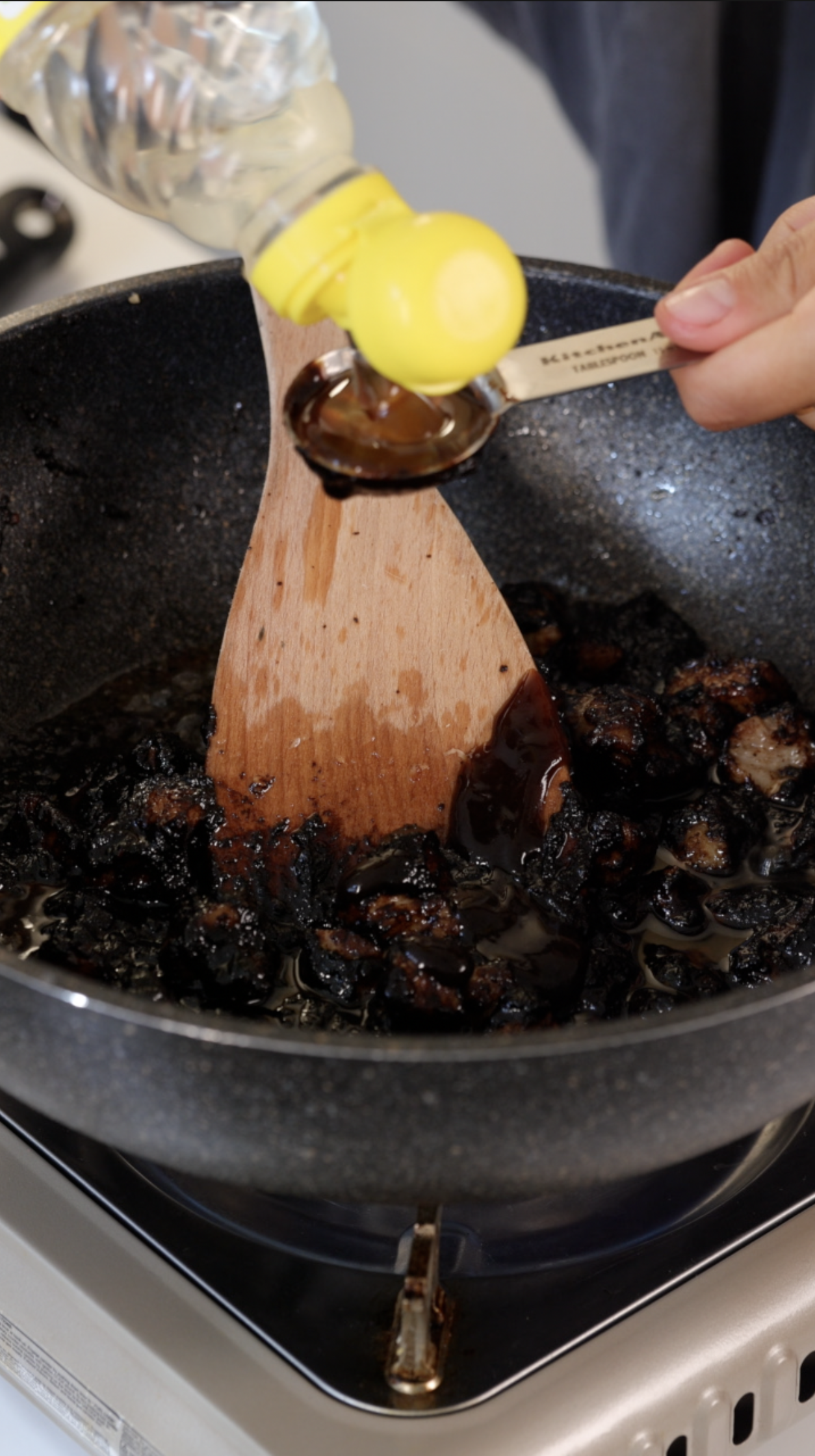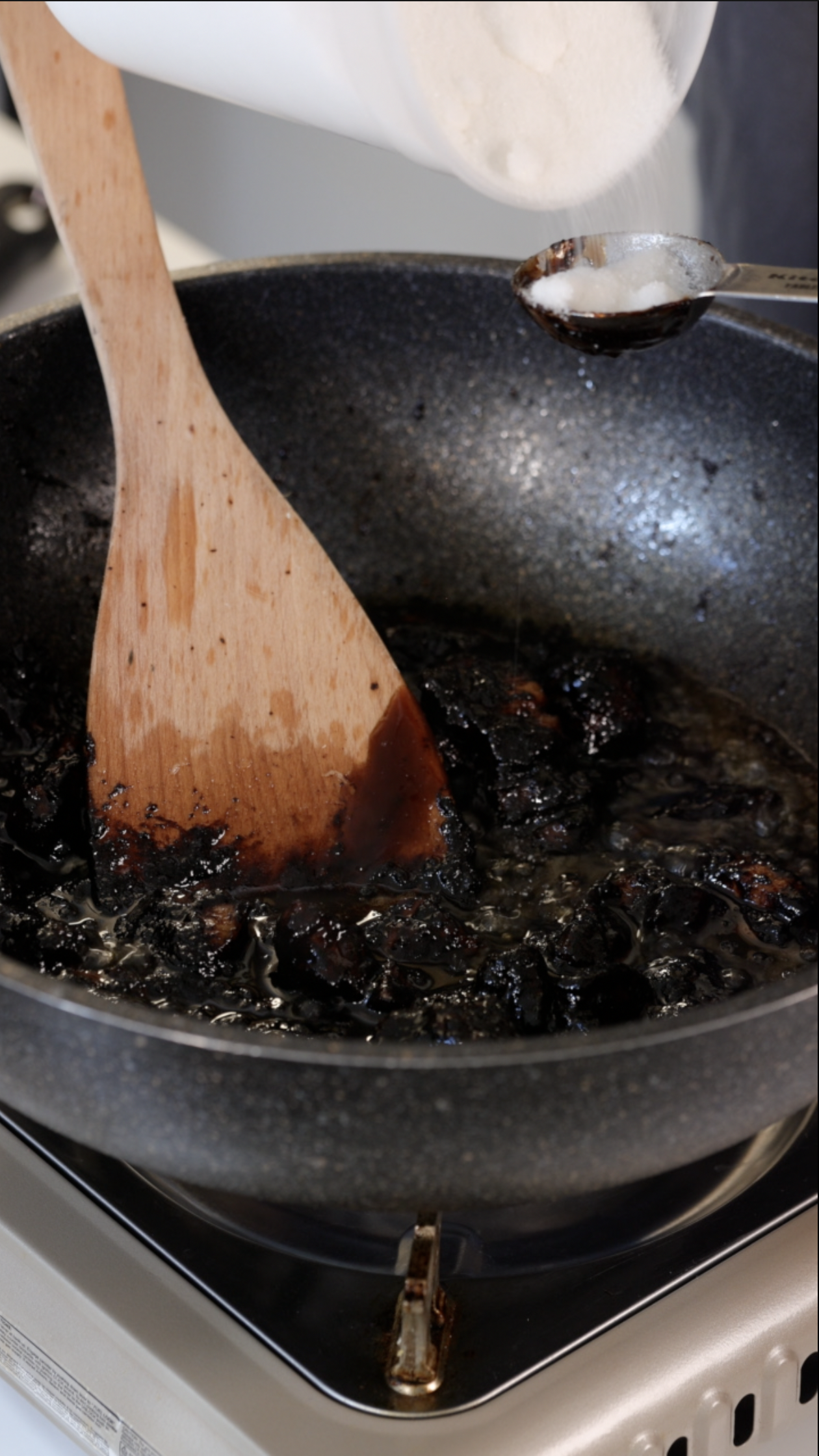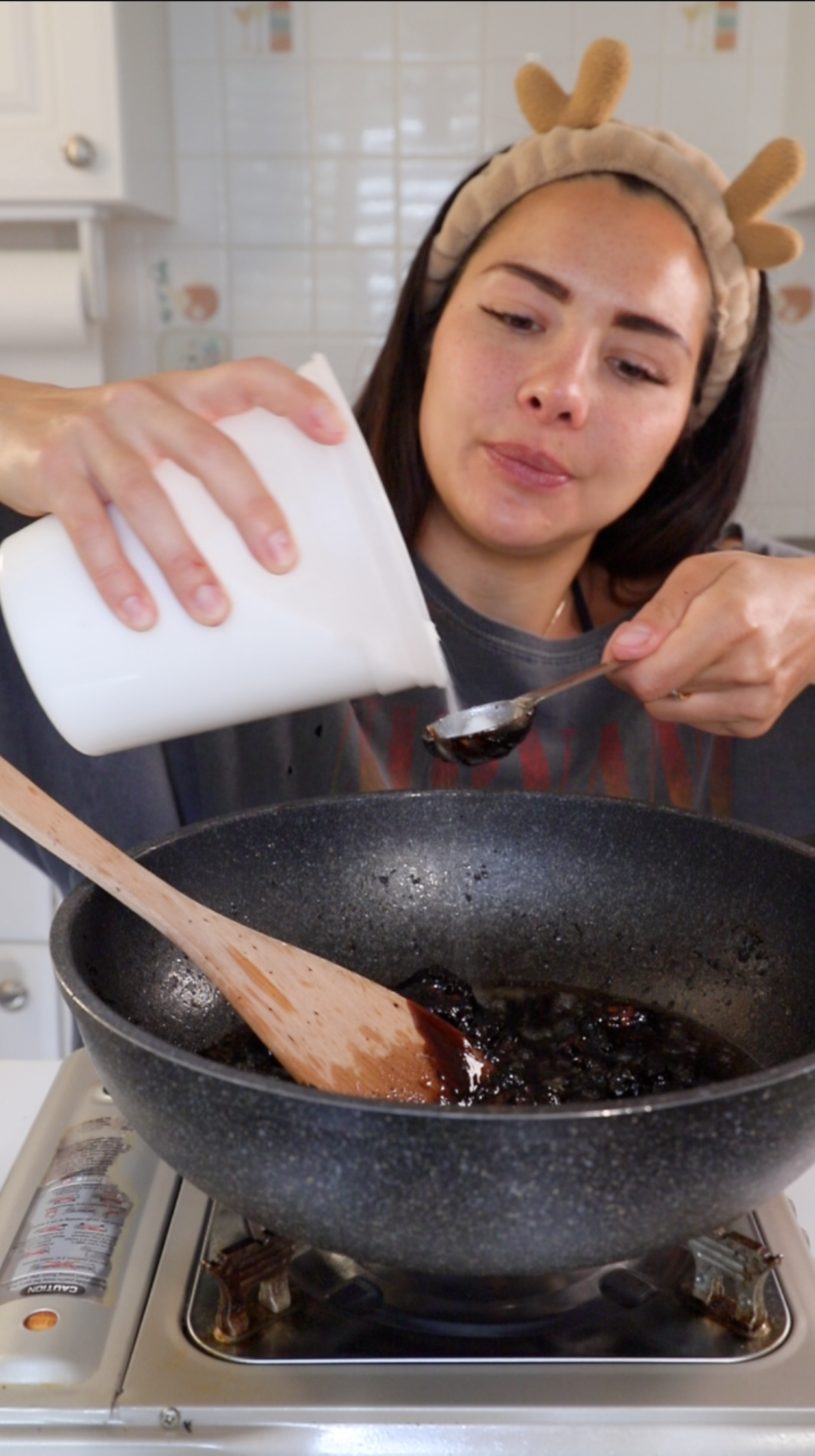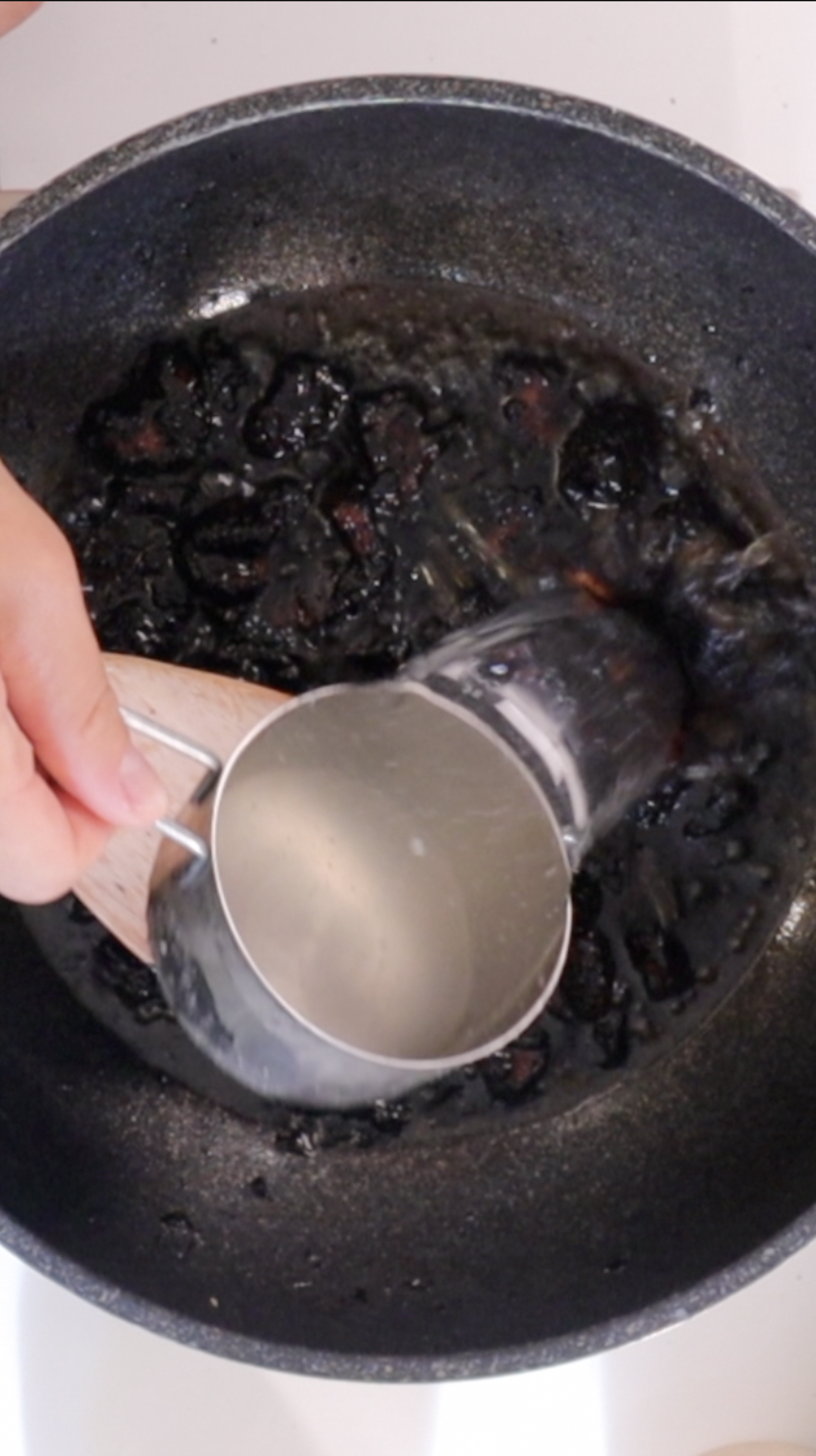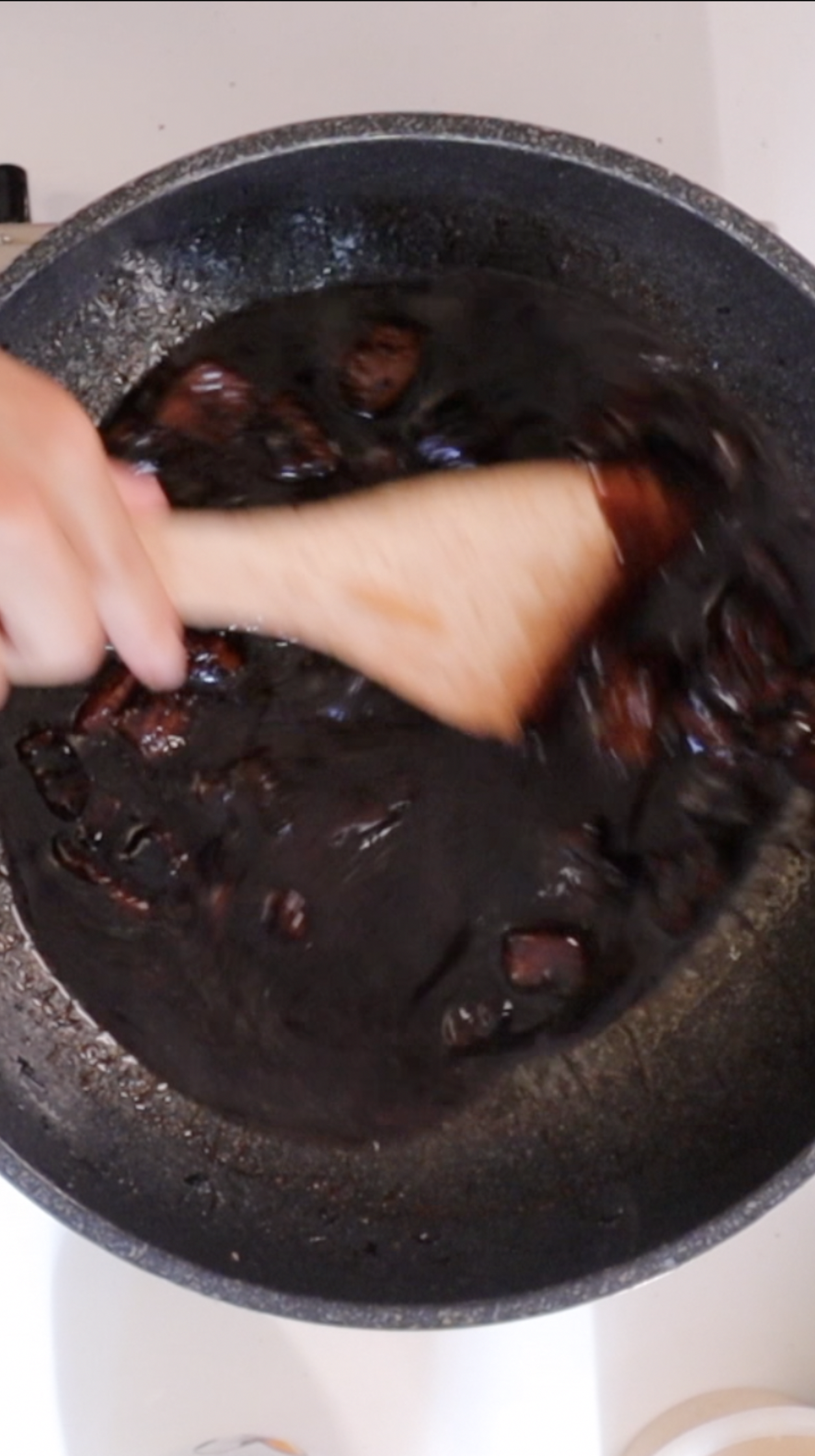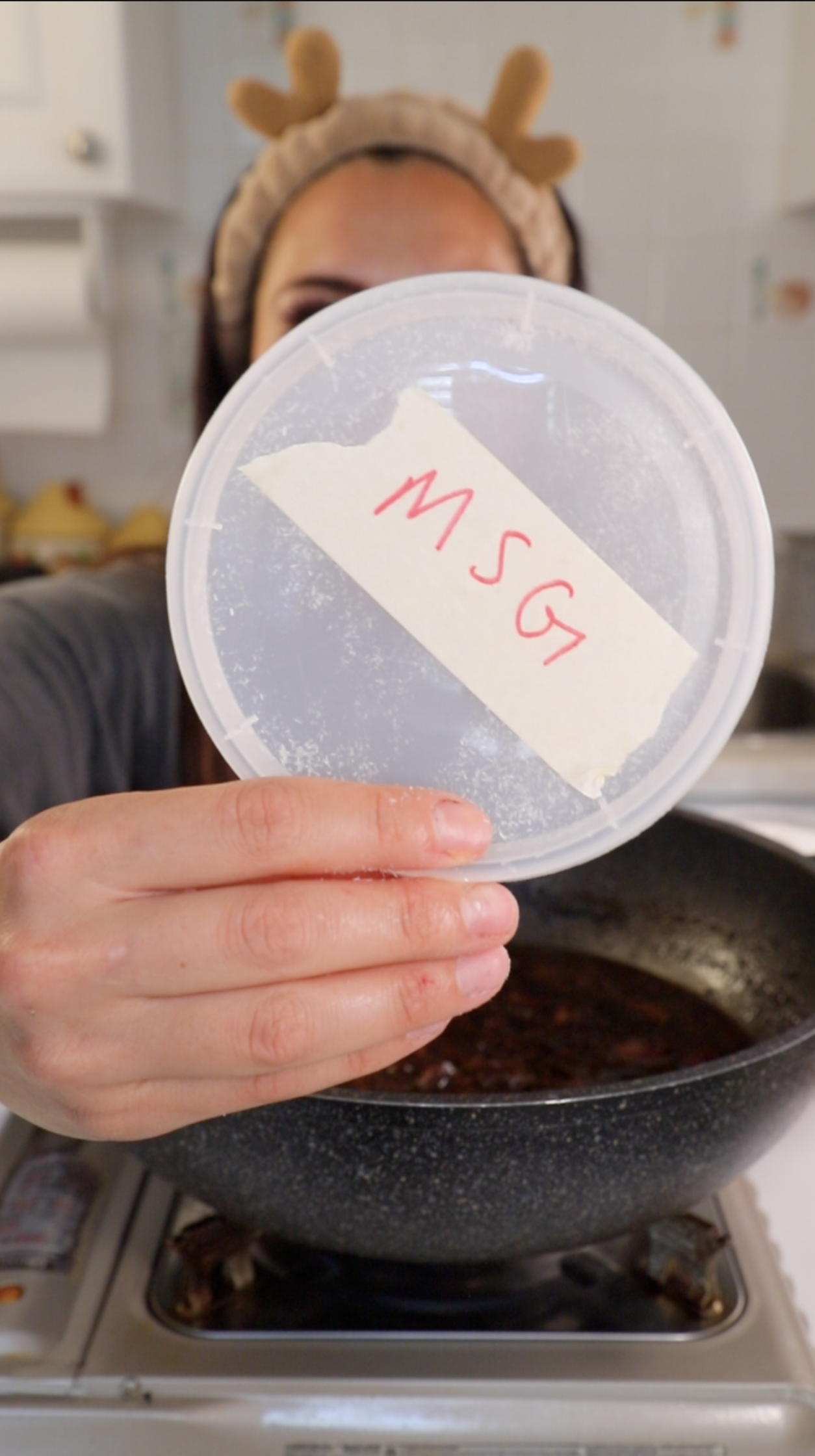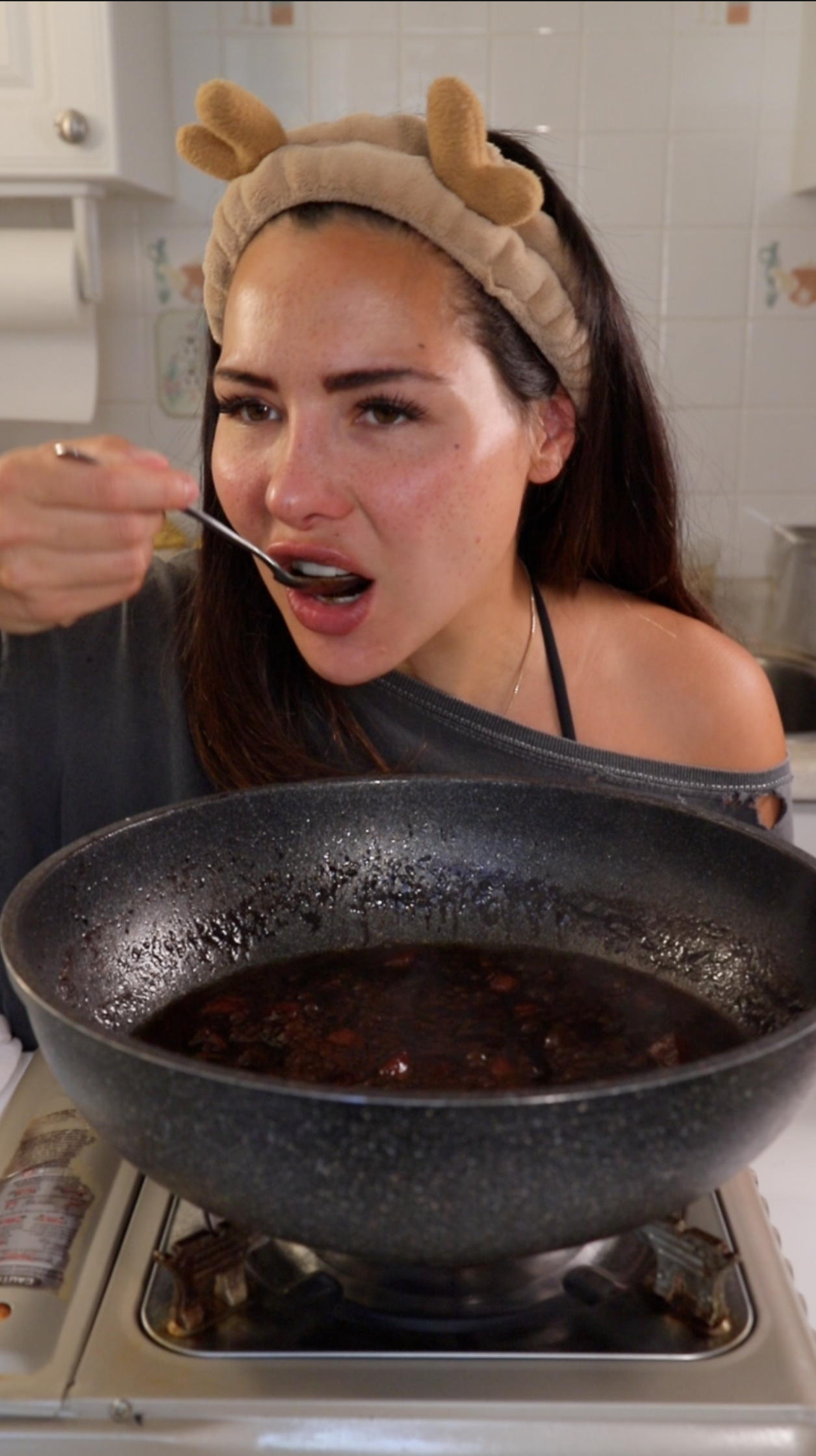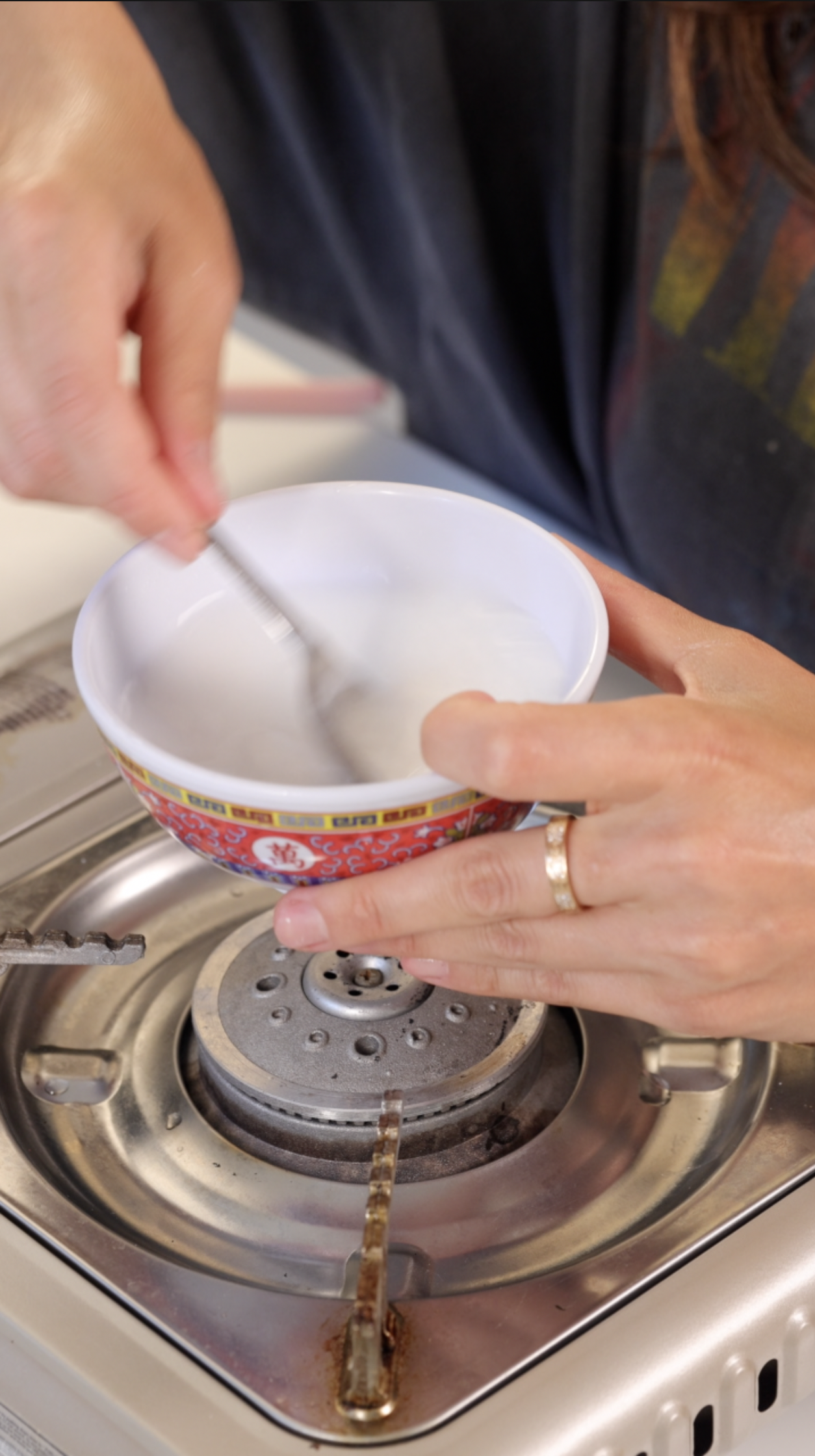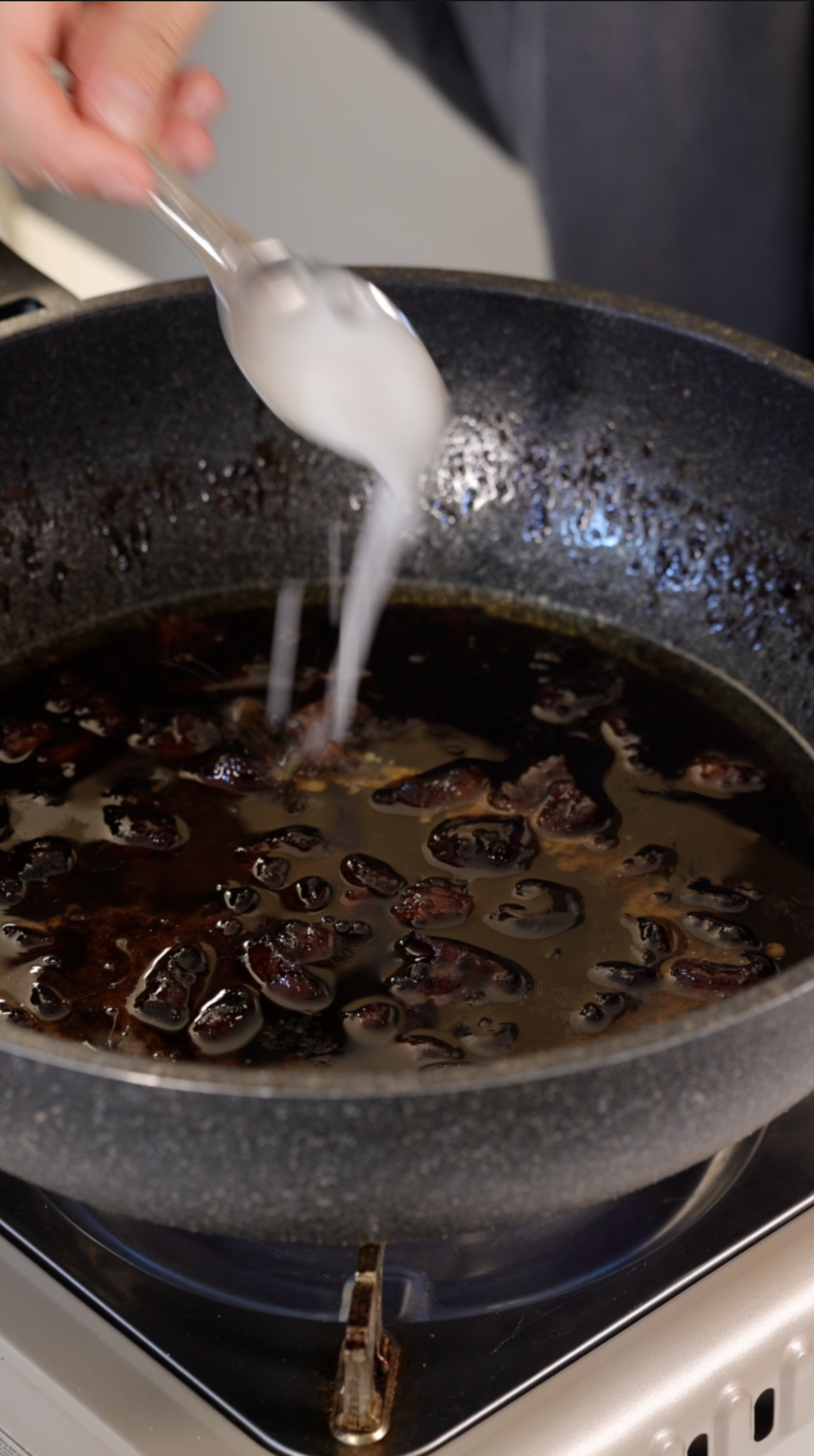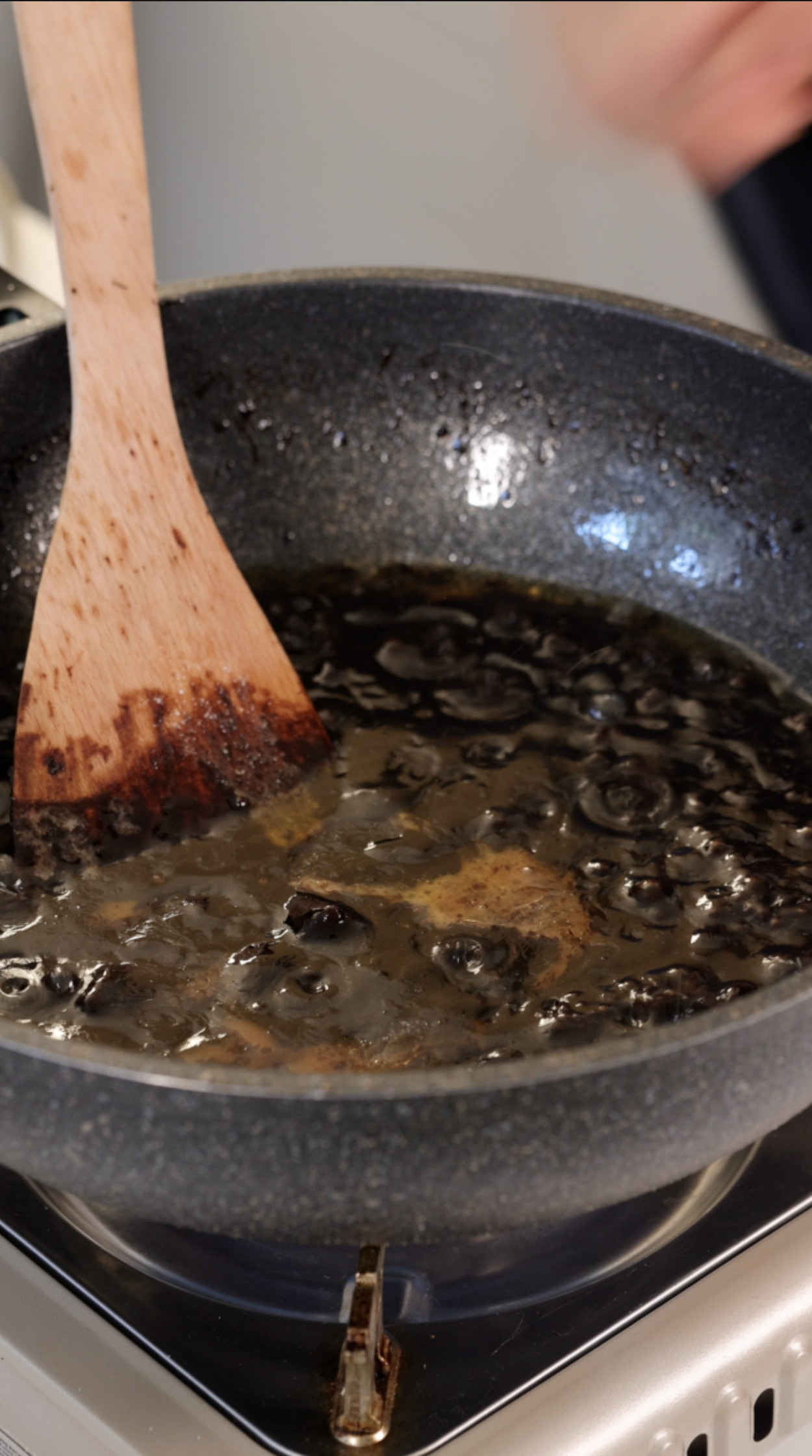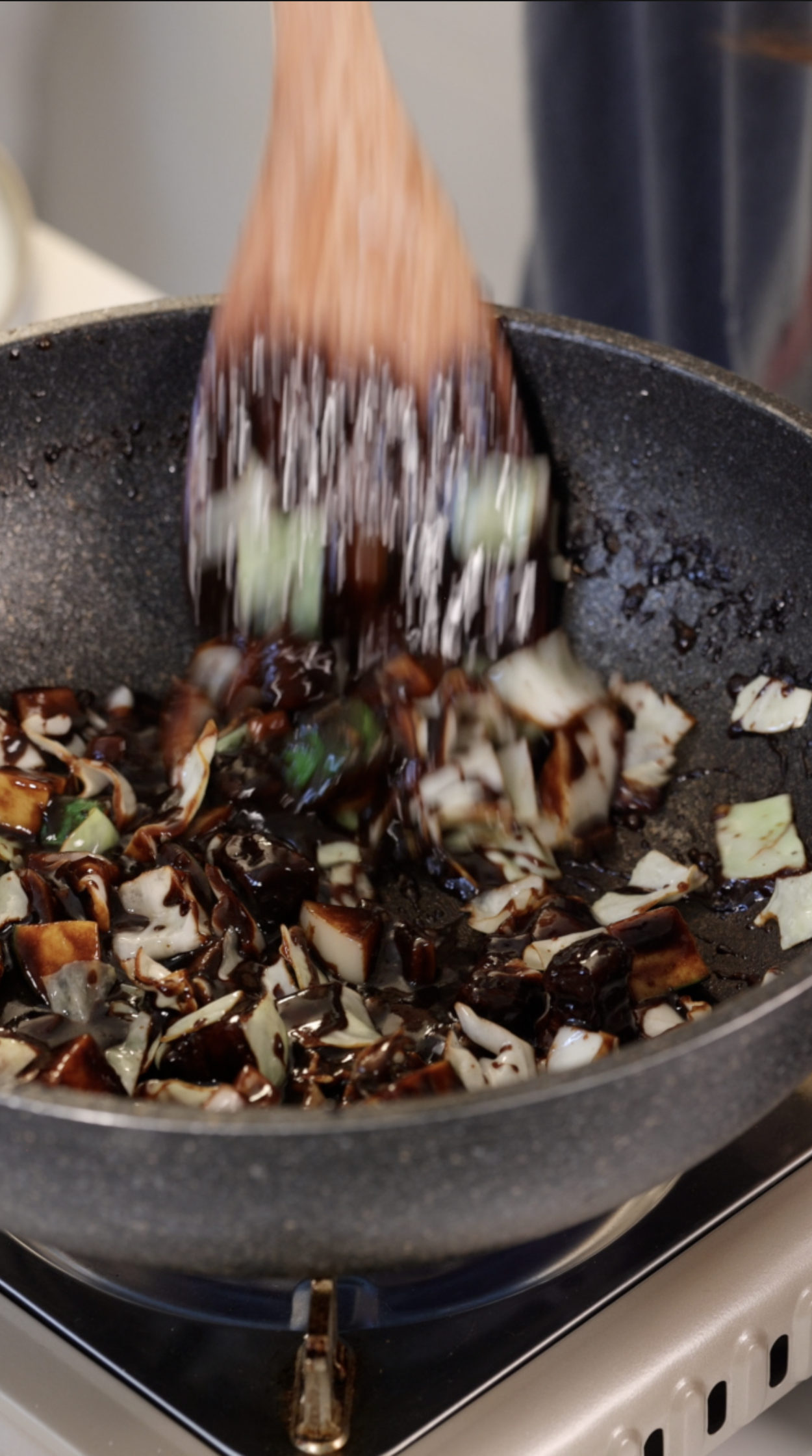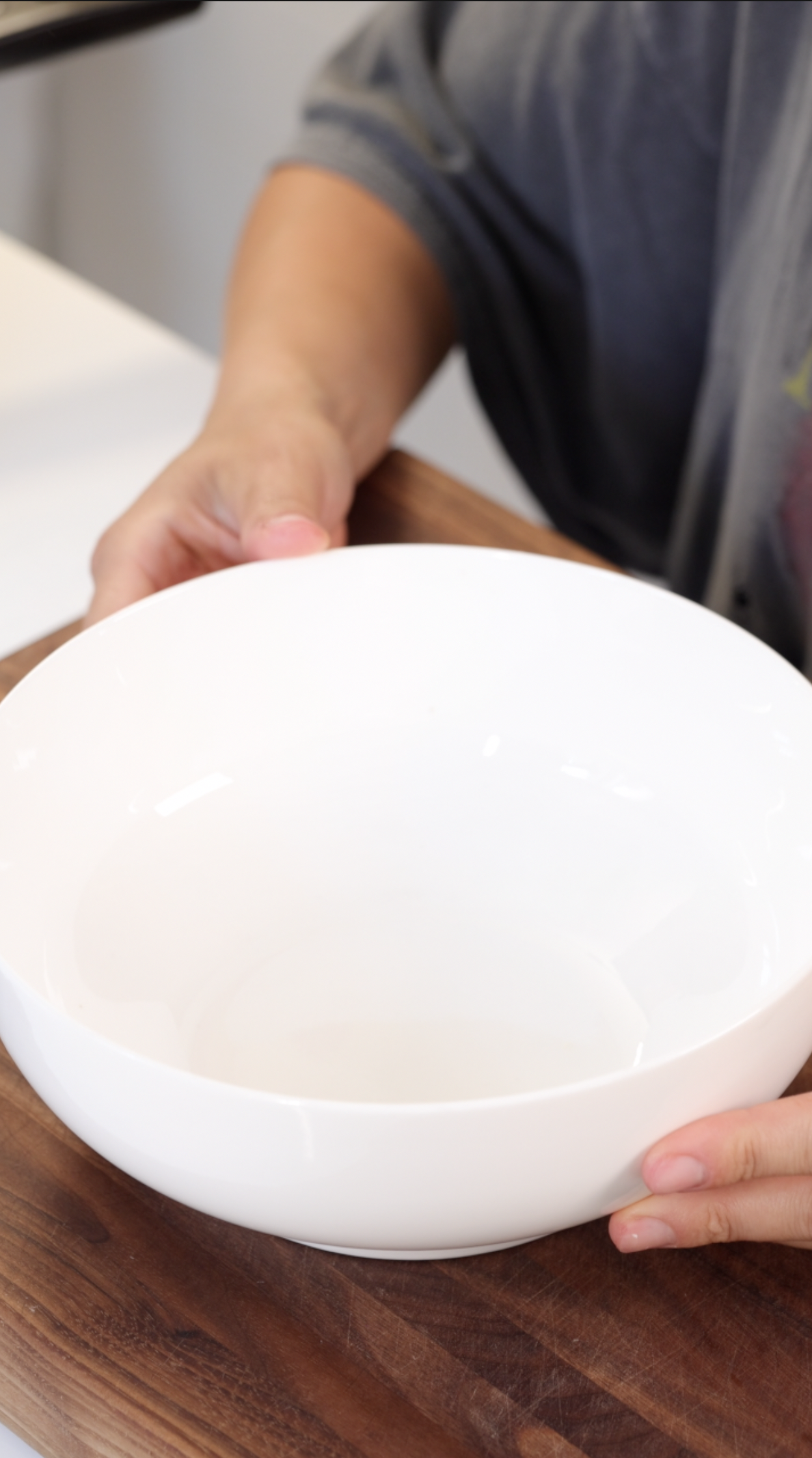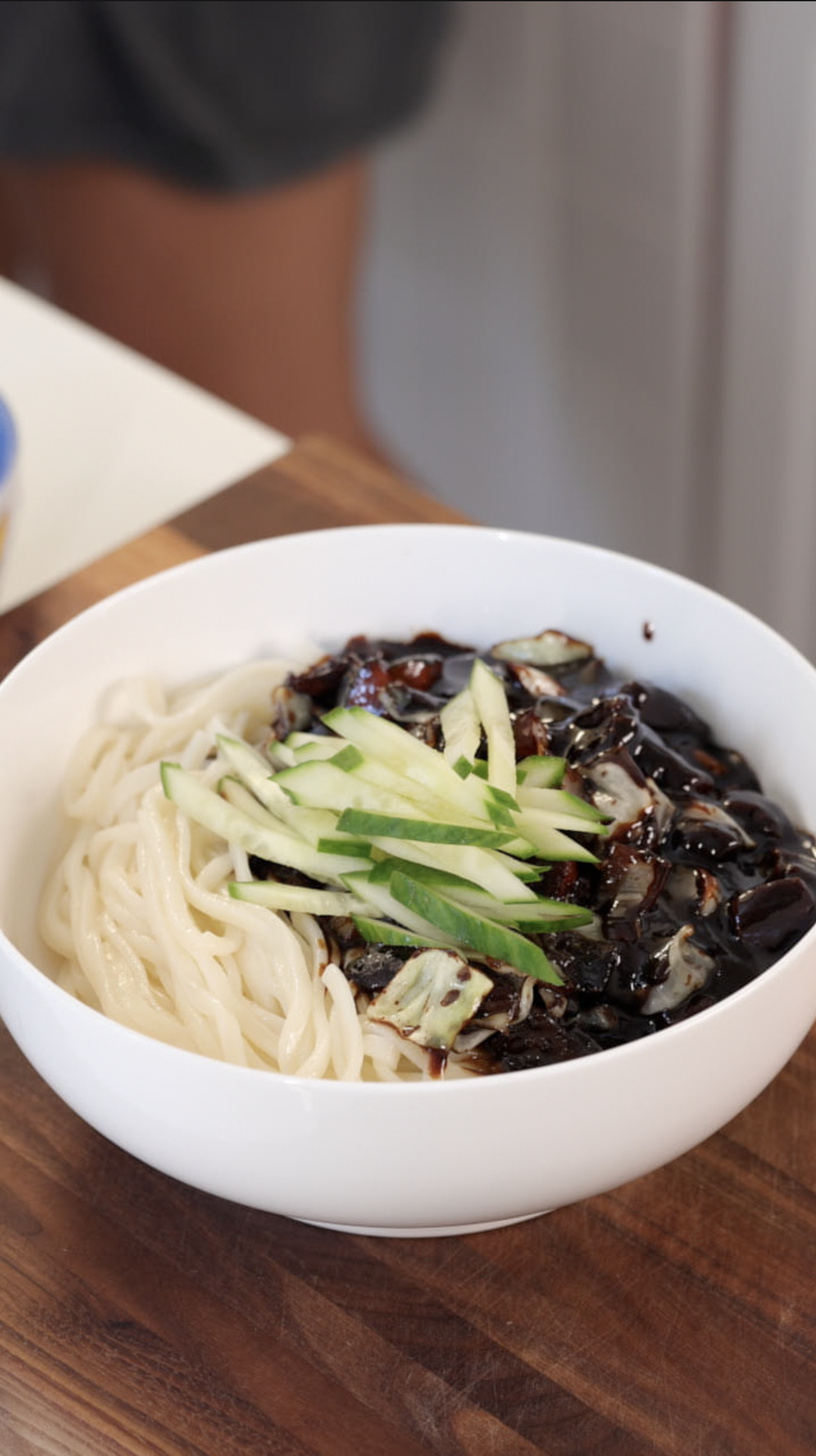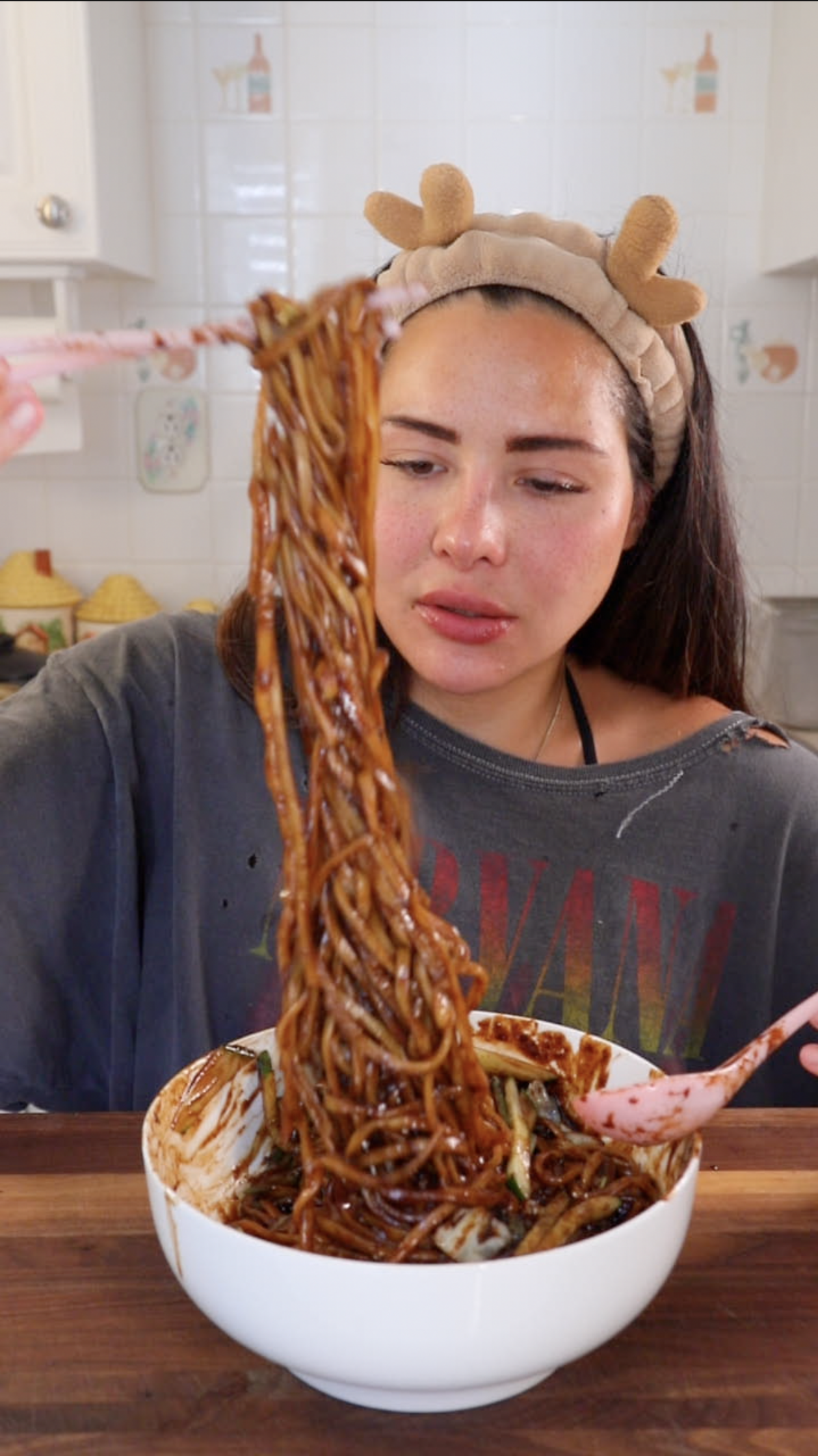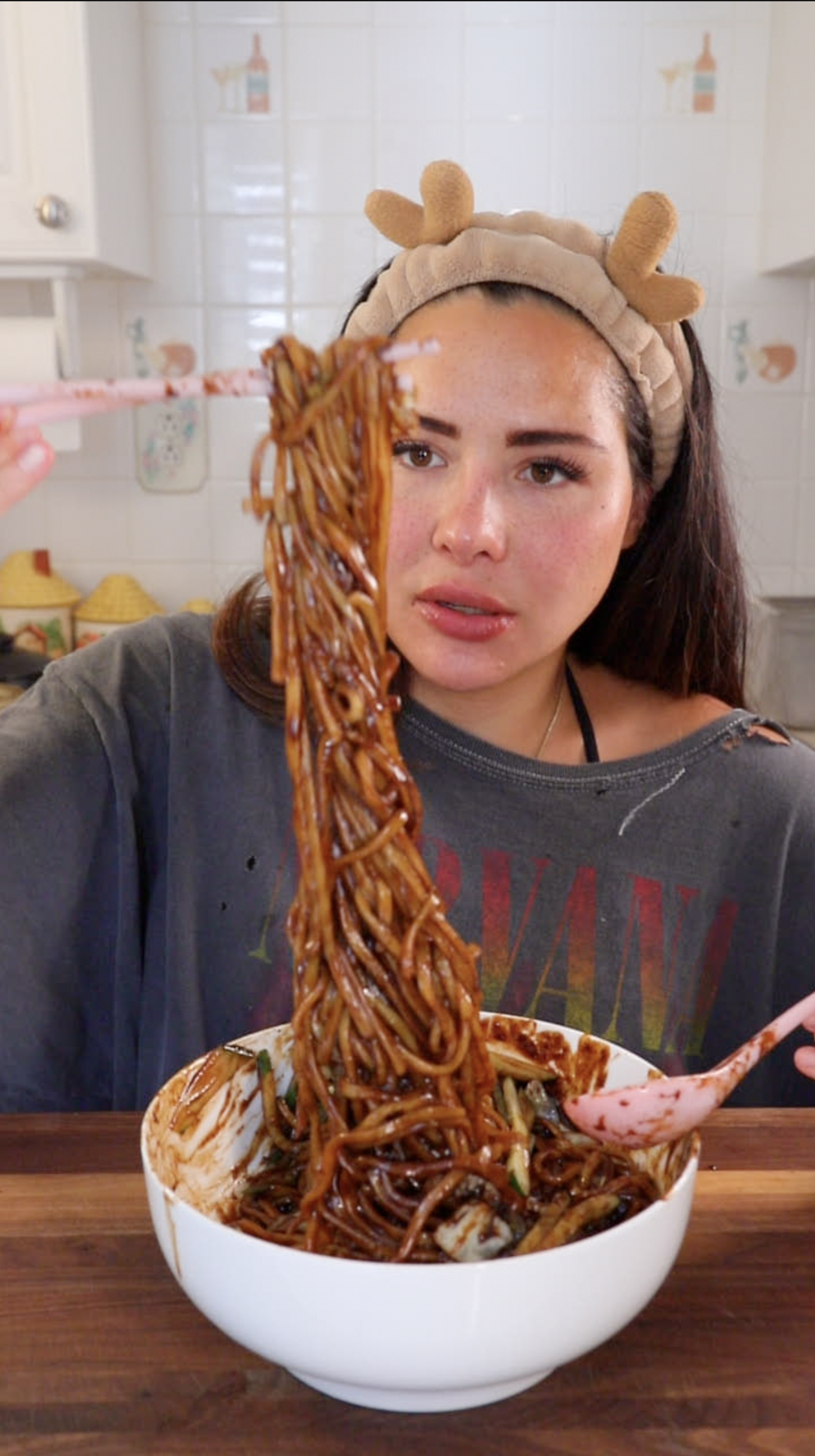The Juiciest Pork Belly for KBBQ
Buttered Pork Belly
Simple Brine Recipe:
1L of water
4 Tbsp Salt
4 Tbsp Sugar
Pork Belly Brine Ingredients:
Brown Sugar
Kosher Salt
White Sugar
Note: This recipe pairs perfectly with spinach and lettuce, as shown in the video. If you plan to enjoy the pork belly with other salty condiments, I recommend reducing the salt in the brine for better balance.Here’s the adjusted recipe for a lighter salt profile:
1L water
3 Tbsp salt
1 Tbsp white sugar
2 Tbsp brown sugar
Note: If you choose not to let the pork belly air-dry on a cooling rack in the fridge and prefer to pat it dry and cook it immediately, I recommend cooking it on medium-low heat and incorporating MSG into the recipe to prevent burning.
Here’s the adjusted recipe for immediate cooking:
1L water
4 Tbsp salt
4 Tbsp sugar
2 Tbsp MSG
The MSG helps coat the sugar, preventing it from burning during cooking. Additionally, MSG reduces the perception of saltiness, which is why the salt and sugar quantities are slightly higher in this version.
Brining Process:
Prepare your first batch of brine and fully submerge the pork belly in the liquid for 2-3 days. Ensure it’s completely covered, as any exposed areas can spoil.
After 2-3 days, remove the pork belly, clean the container thoroughly, make a fresh batch of brine, and re-submerge the pork.
Let it brine for another 2-3 days before removing it from the liquid.
Place the pork belly on a cooling rack in the fridge for a few hours (no more than 24 hours) to air dry.
Pat the pork belly dry, and it’s ready to sear on your hot plate. (Find links to my plates and pans [here].)
Note: The suggested timing of 2-3 days is flexible—I often let each brining stage sit for 3-5 days due to my "lazy girl" tendencies. If you’re in a hurry, you can shorten the process: brine for 24 hours, refresh with a new brine for another 24 hours, and it should still turn out great.
The only real mistake you can make here is not using enough salt, which can cause the pork belly to spoil in the brine. Salt is crucial—not only does it prevent spoilage, but it also allows water to penetrate the pork cells, making the meat juicier. Without this process, pork belly often turns grey and tastes dry. Proper brining removes blood, preserving the pork’s beautiful pink hue and enhancing its flavor, delivering a more enjoyable experience.
Feel free to experiment with ingredient ratios and flavors. Personally, I prefer simple recipes with straightforward ingredients—it makes the culinary process easier to understand and more rewarding as I’m still learning. Overcomplicating with too many ingredients can create a confusing mix that doesn’t contribute to a clear learning experience.
Hope you enjoy this simple, but delicious brine recipe, leave me a comment (on the video) if you try it!

